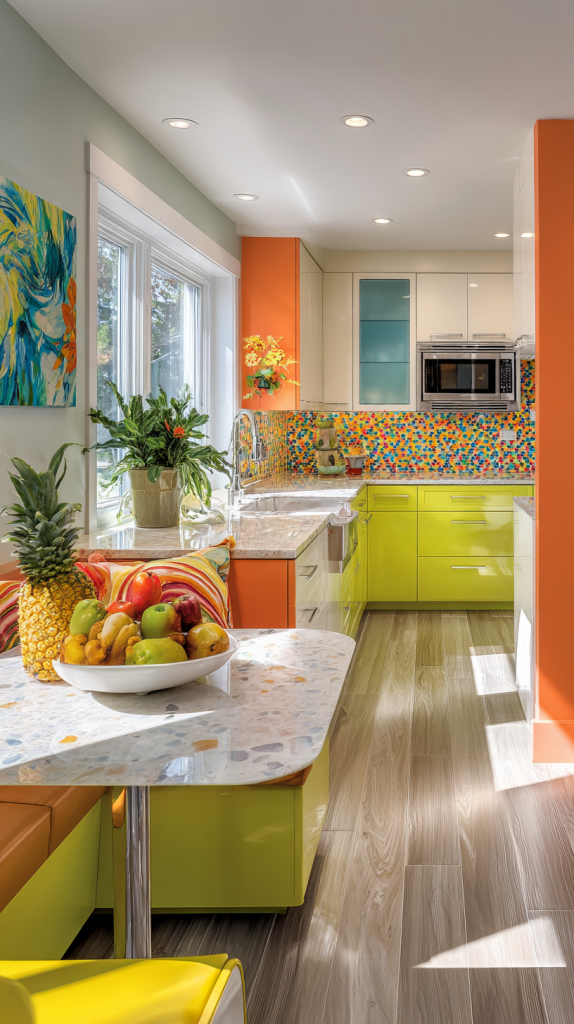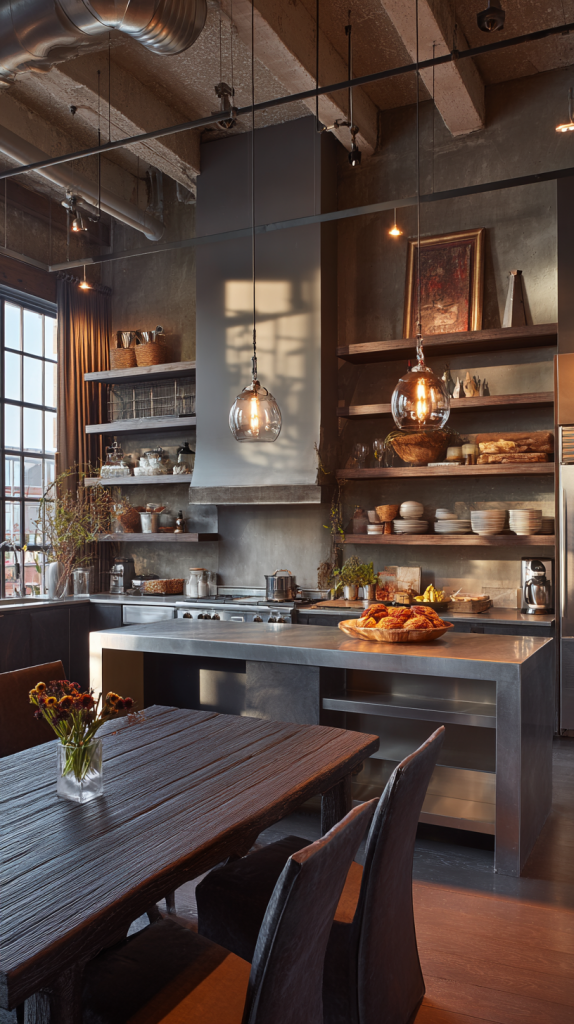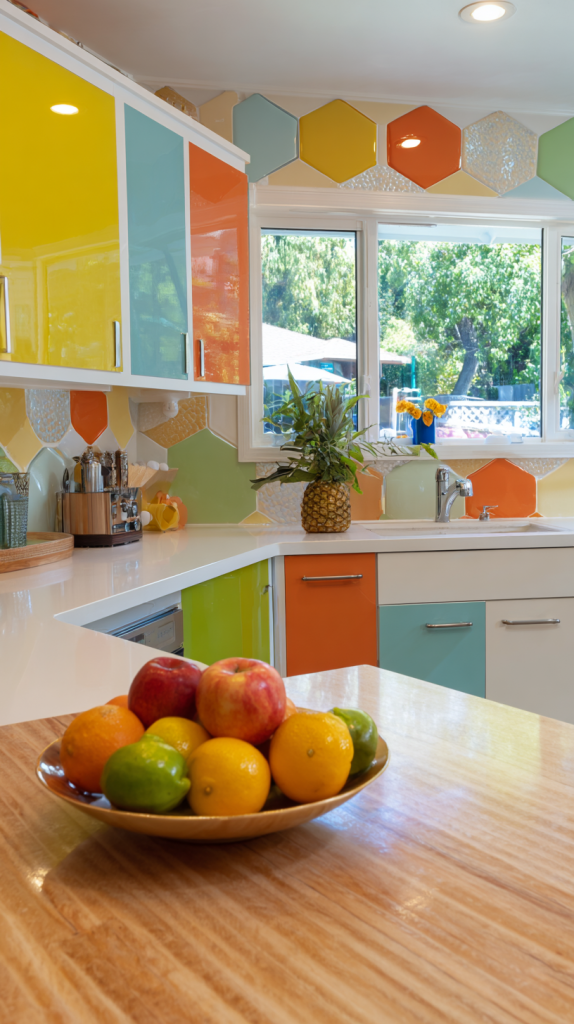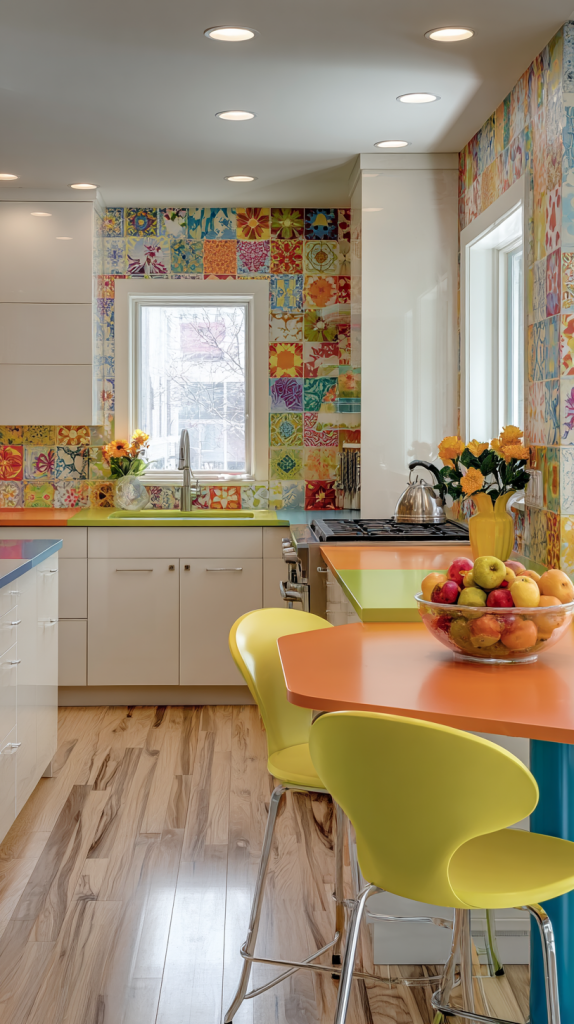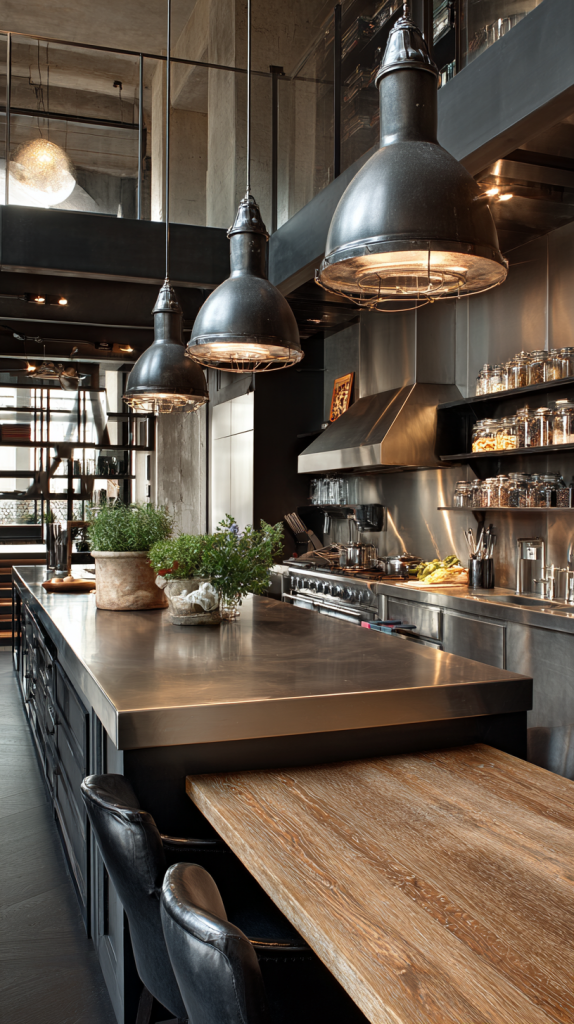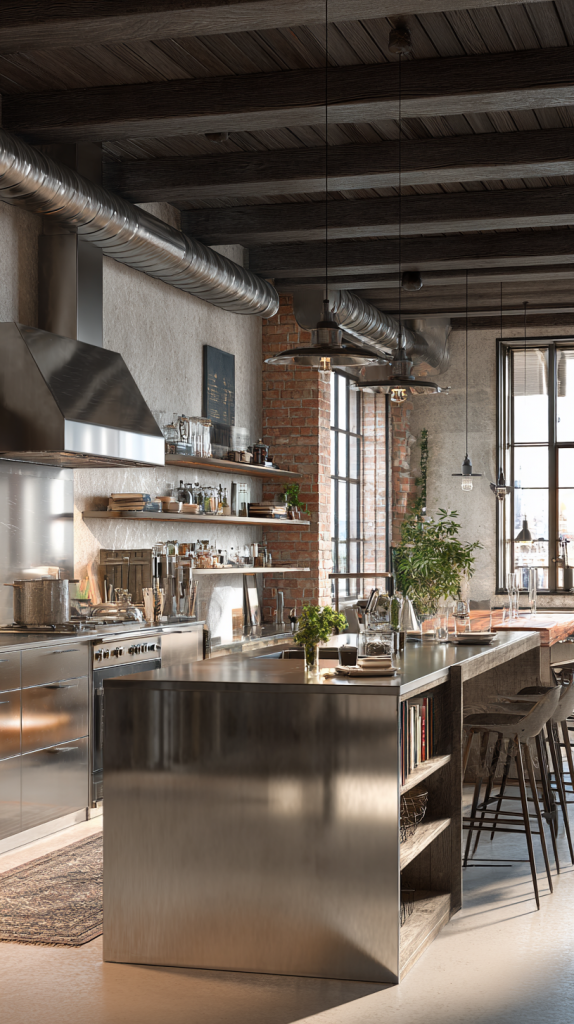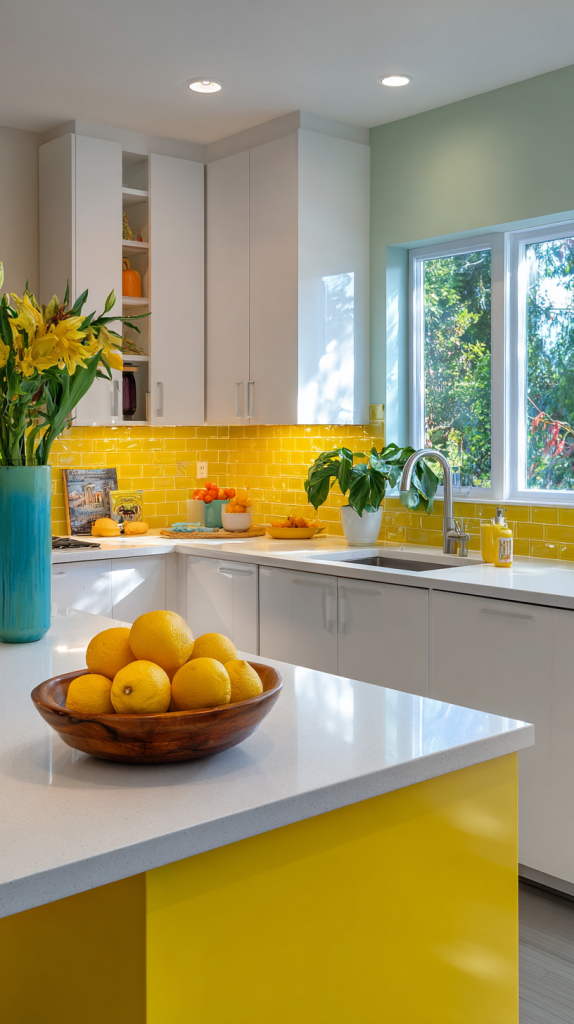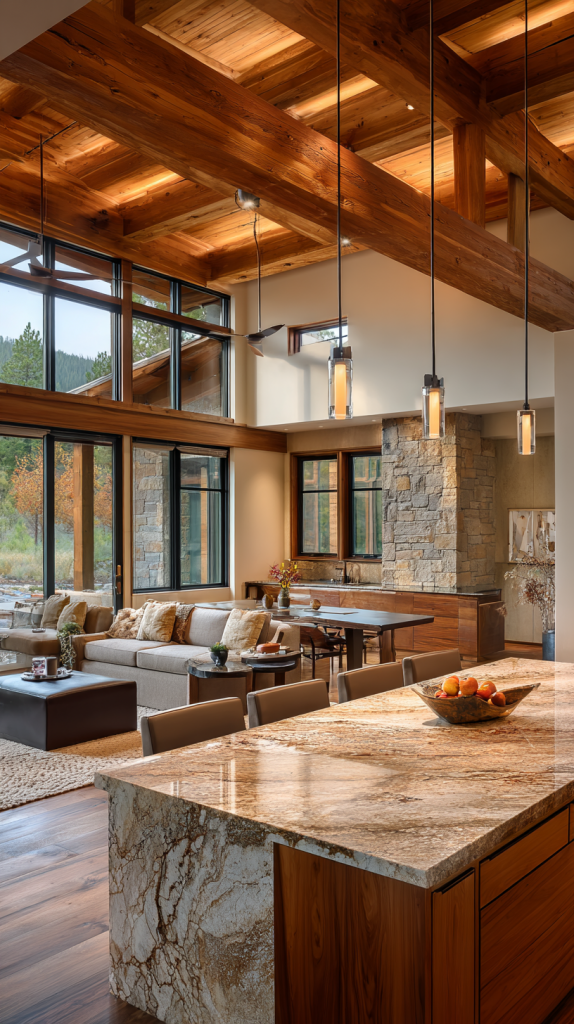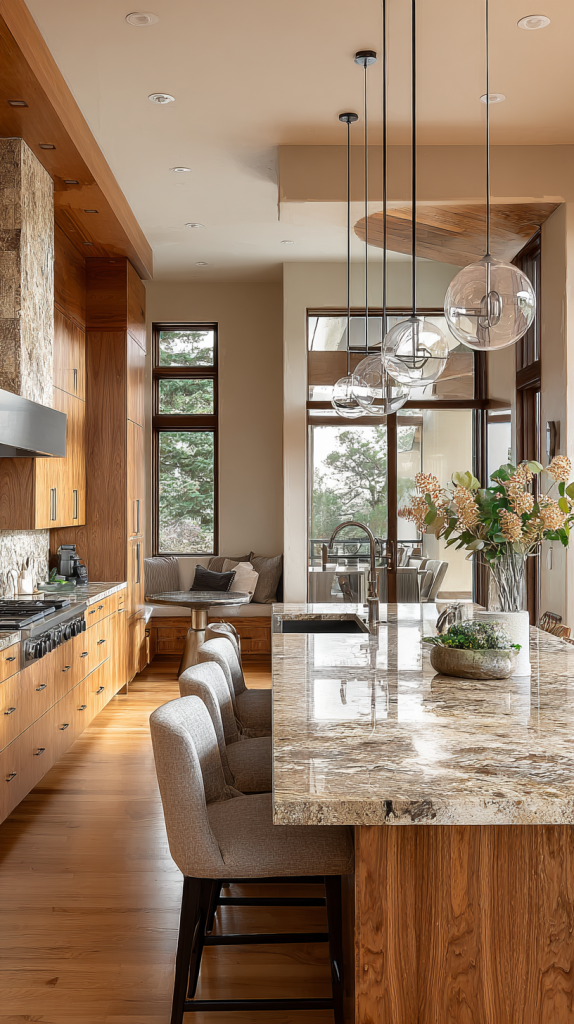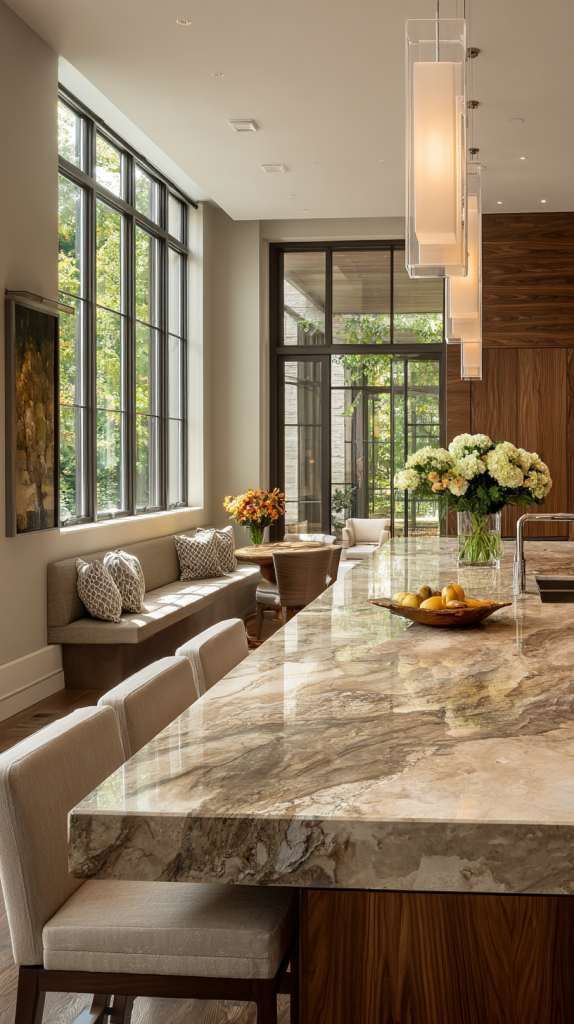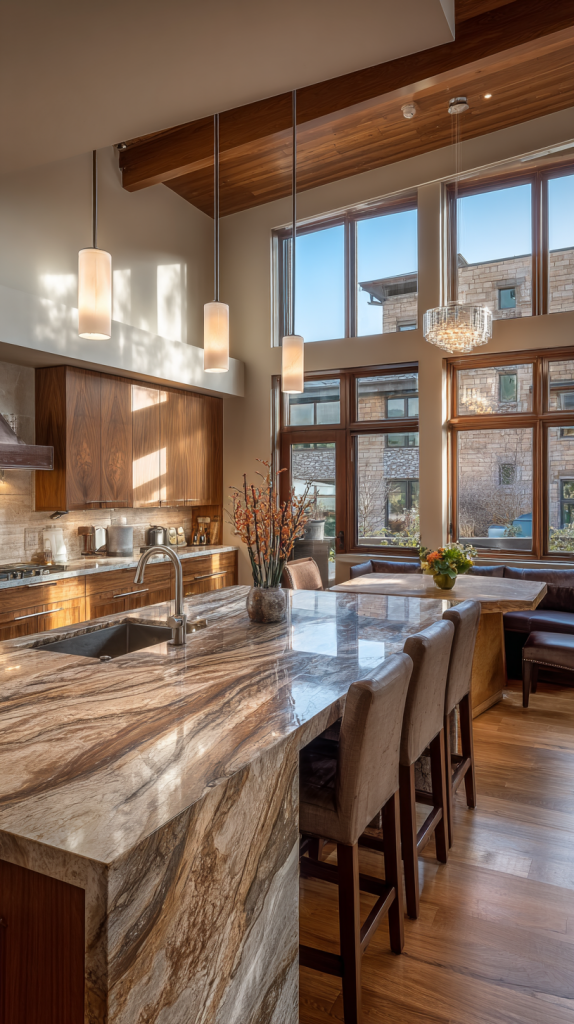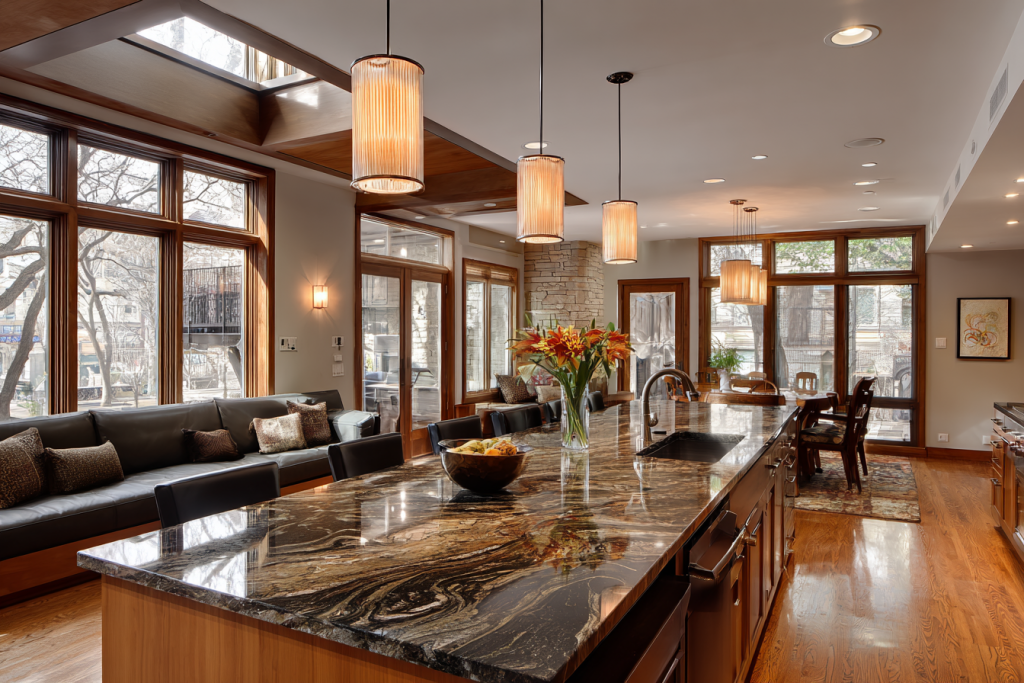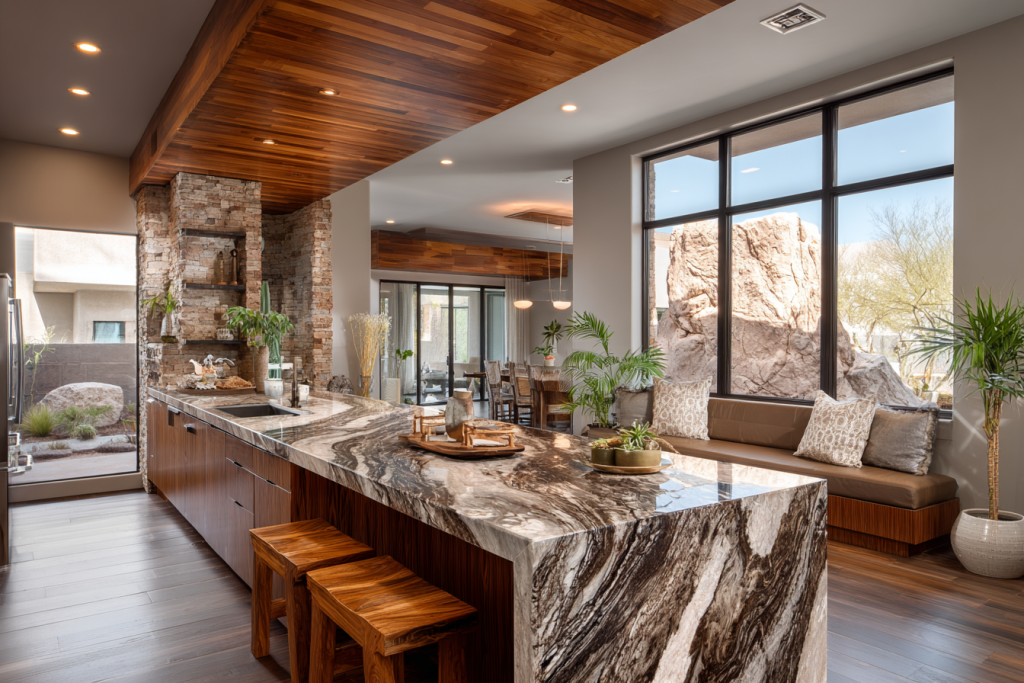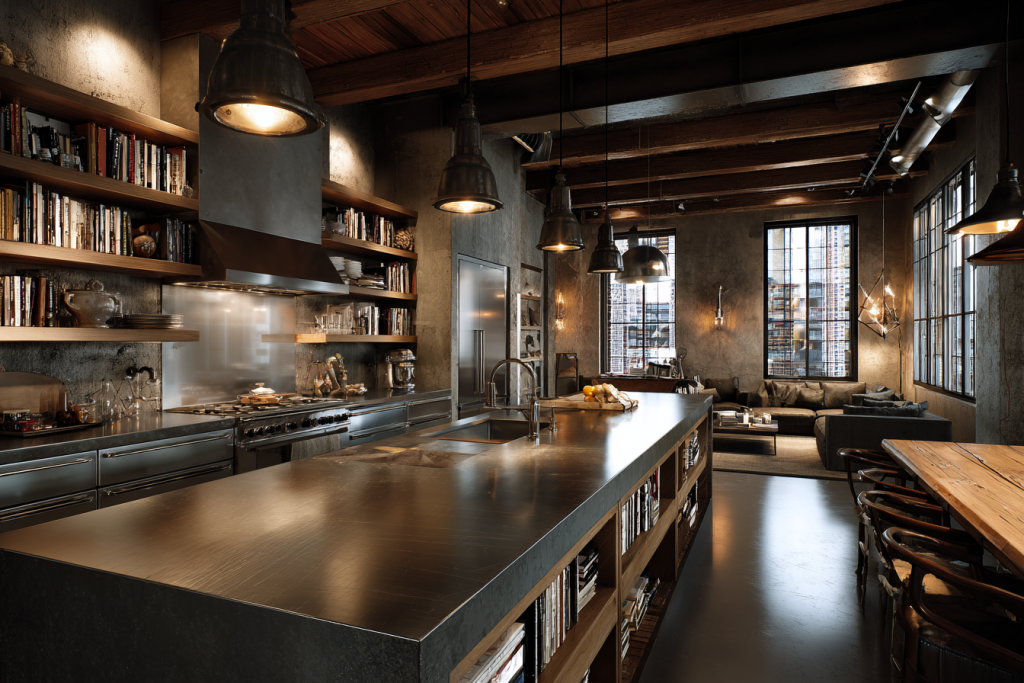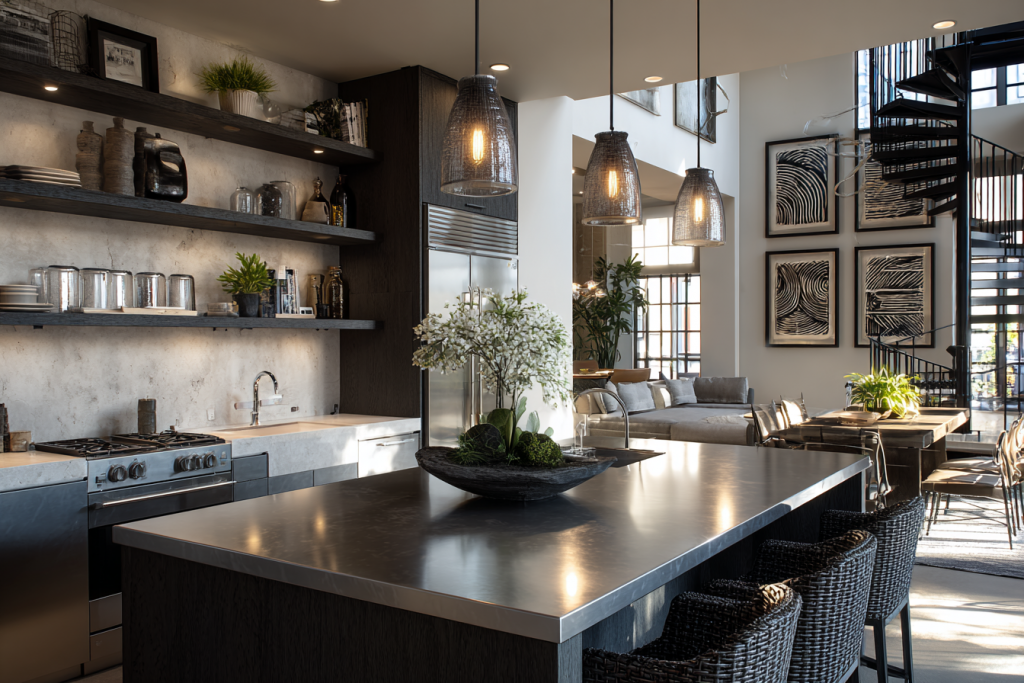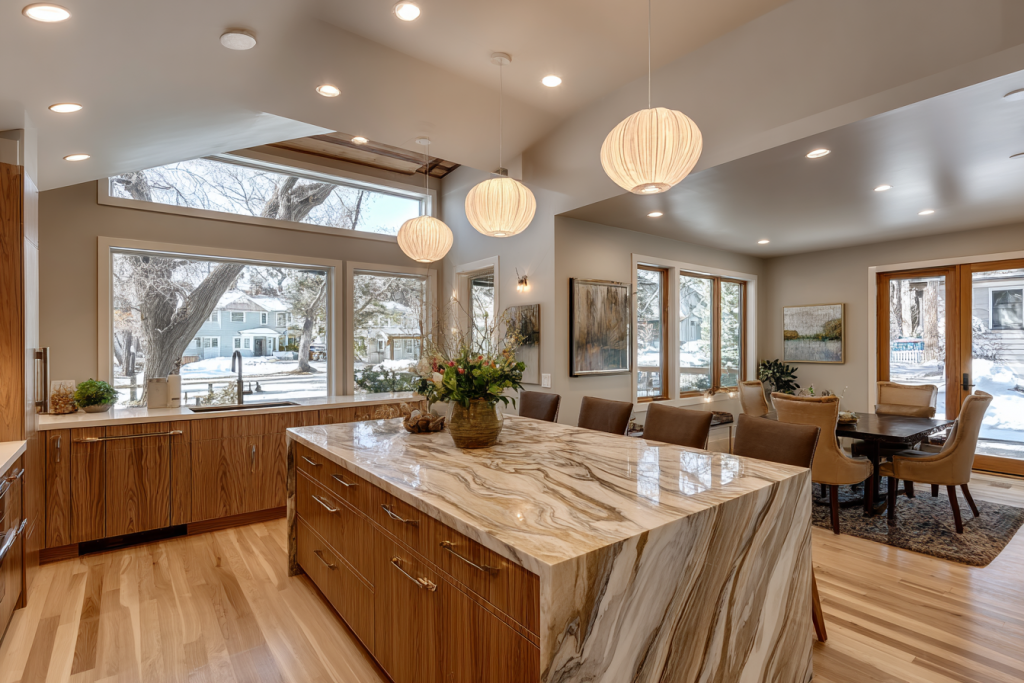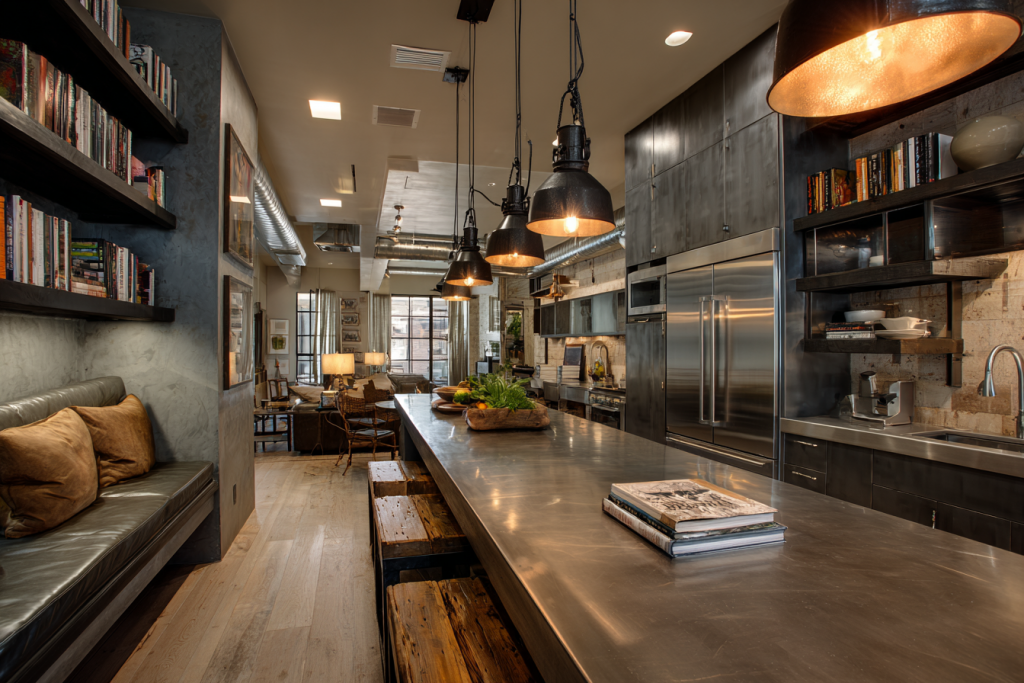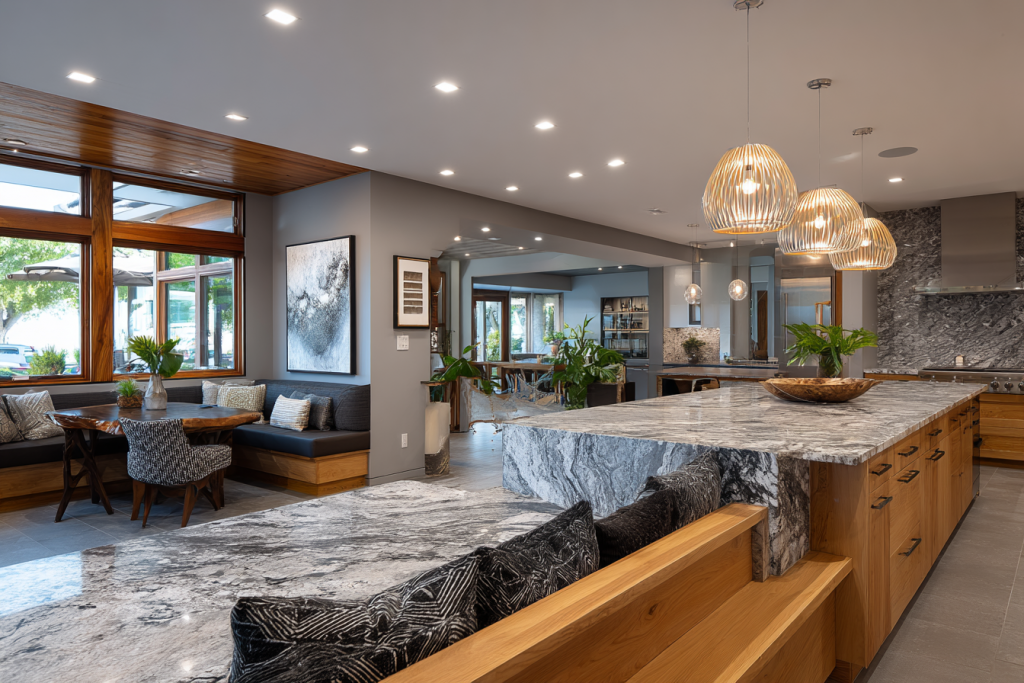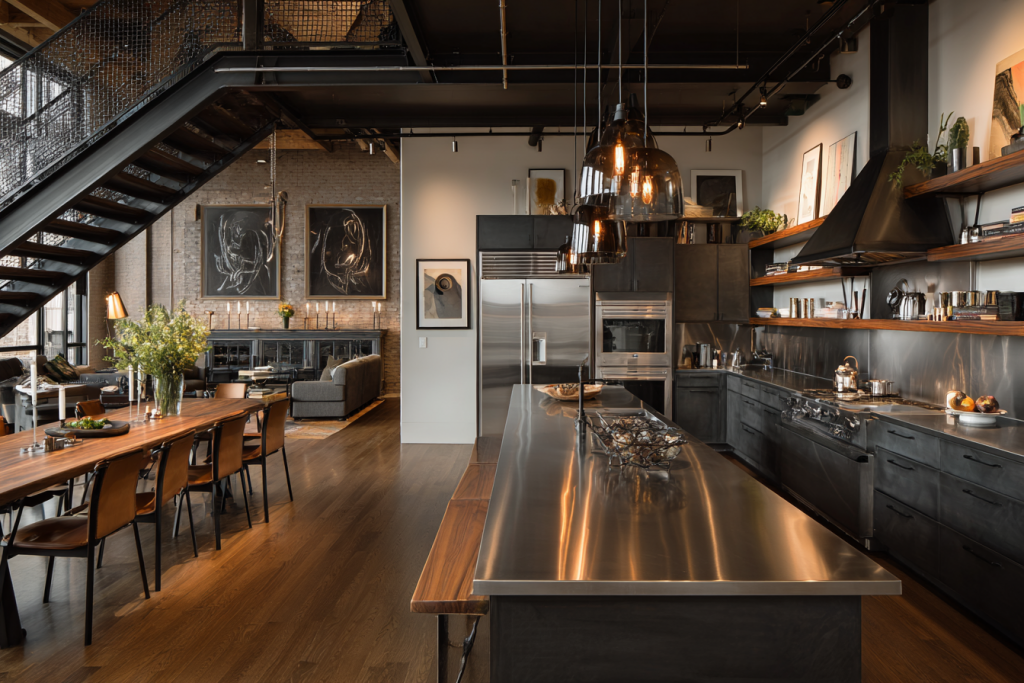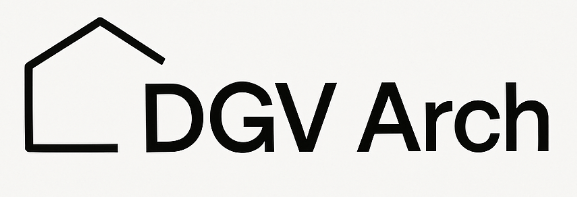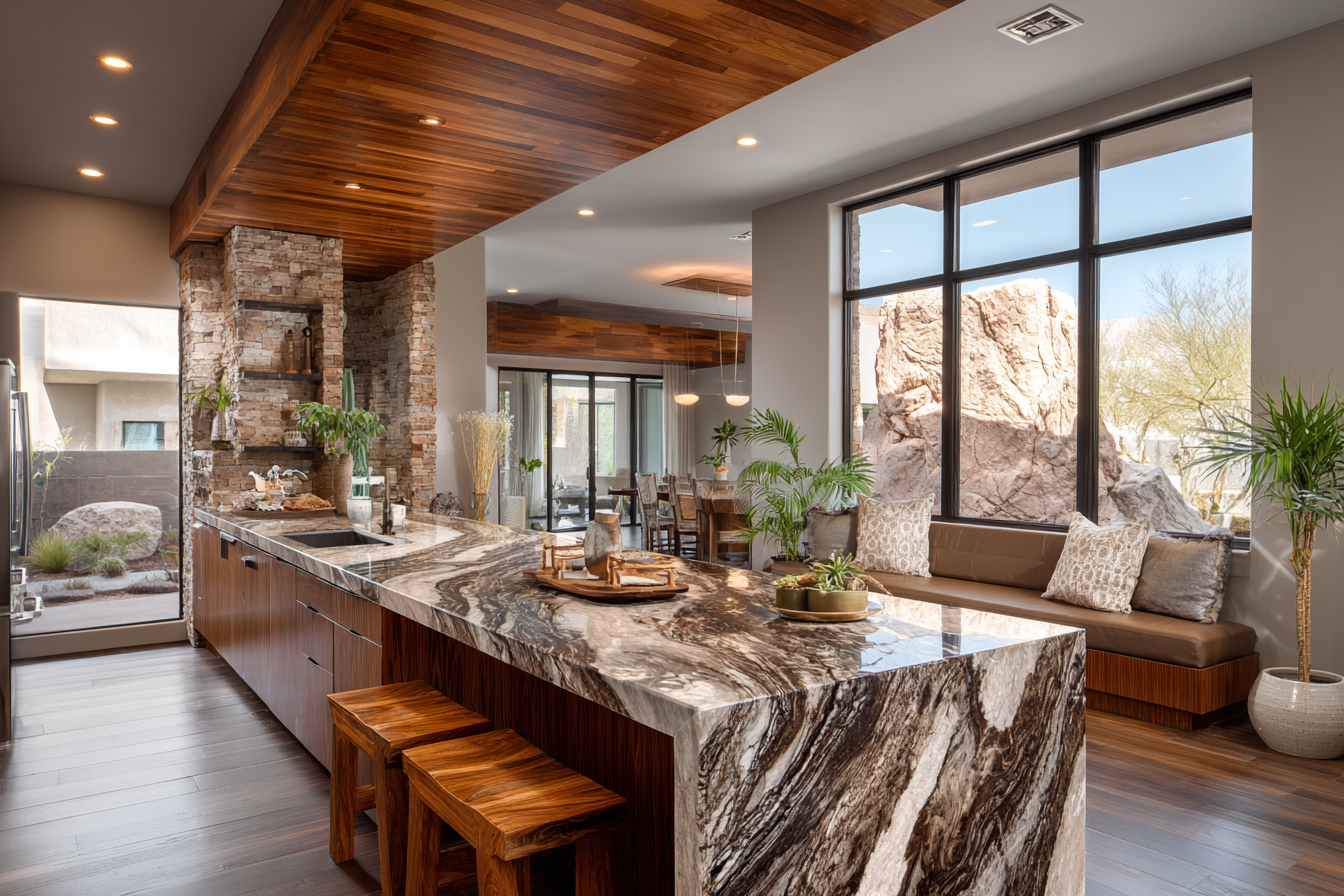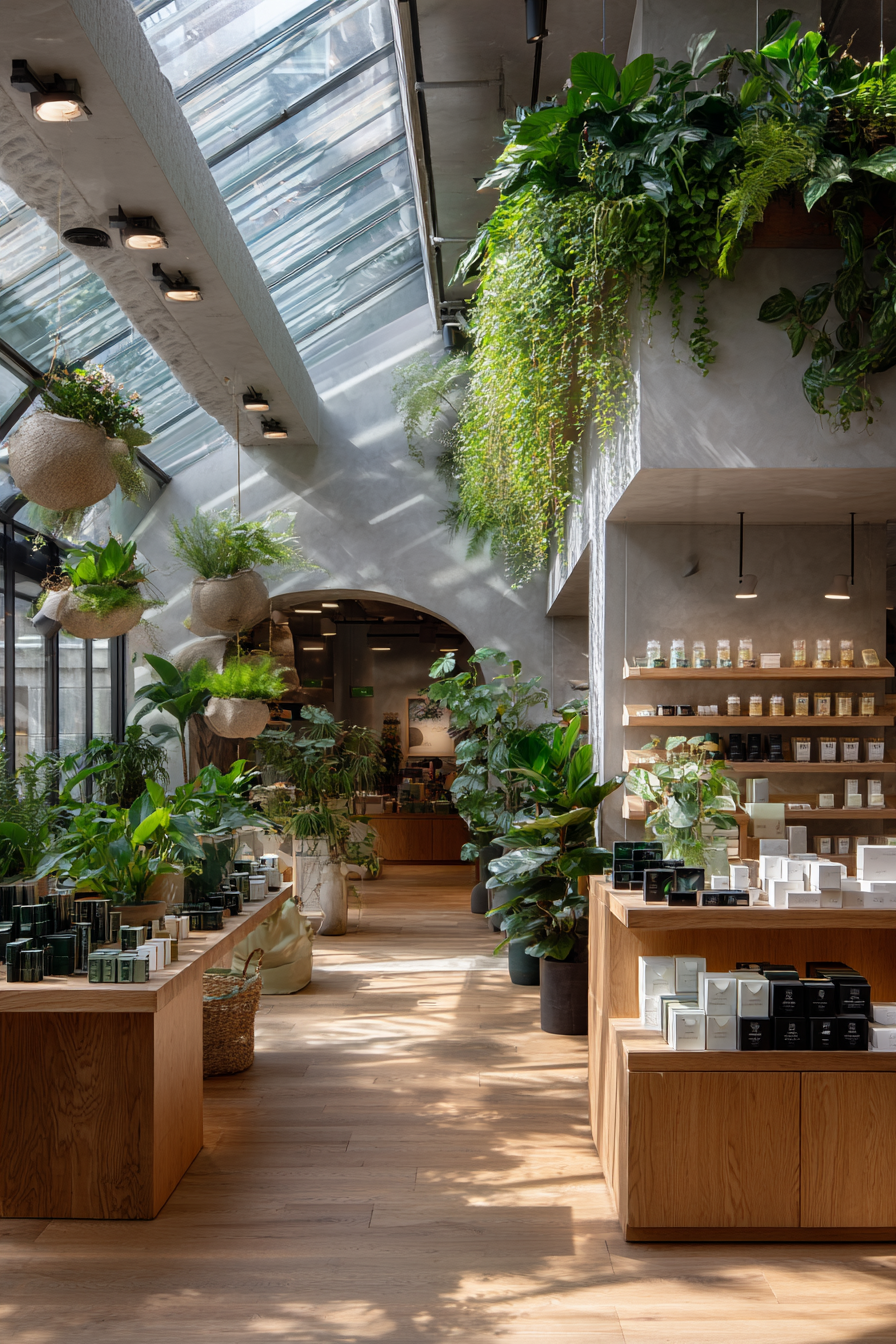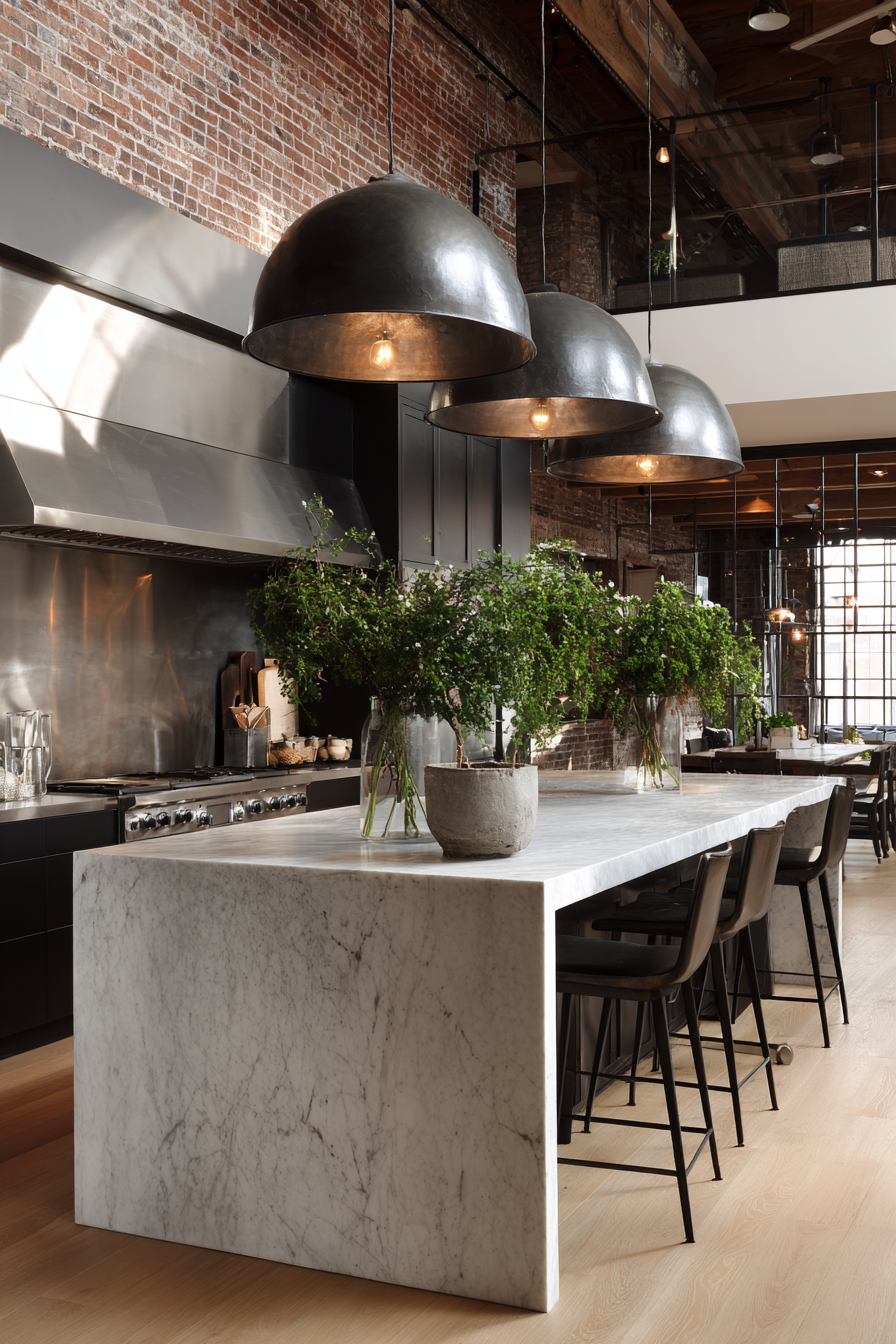The countertop is the centerpiece of any kitchen. It must be both practical and beautiful, because it endures constant use and defines the overall look of your space. This guide outlines the most popular kitchen countertop materials: their benefits, drawbacks, and maintenance considerations, so you can choose the right surface for your lifestyle and design aesthetic.
Granite Countertops
Granite is a natural stone prized for its unique veining and remarkable durability. It conveys a sense of luxury and works well in both traditional and modern kitchens.
Pros
- High heat and scratch resistance when sealed.
- Adds value and prestige to a home.
Cons
- Requires periodic sealing to prevent stains and bacterial growth.
- Heavier and costlier than many alternatives.
- Difficult to repair if chipped or cracked.
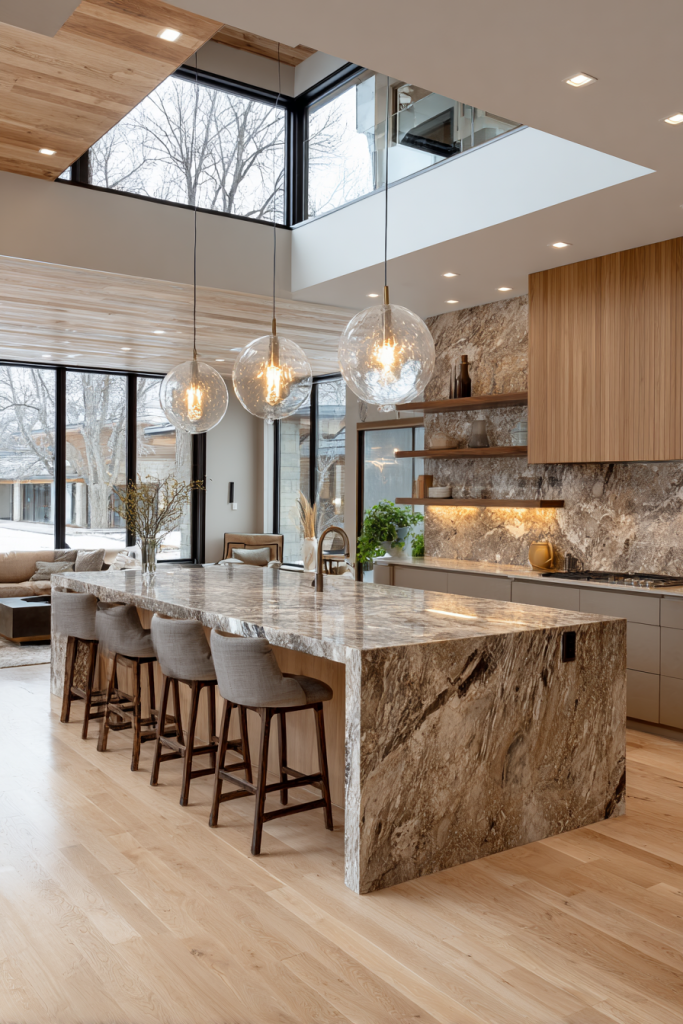
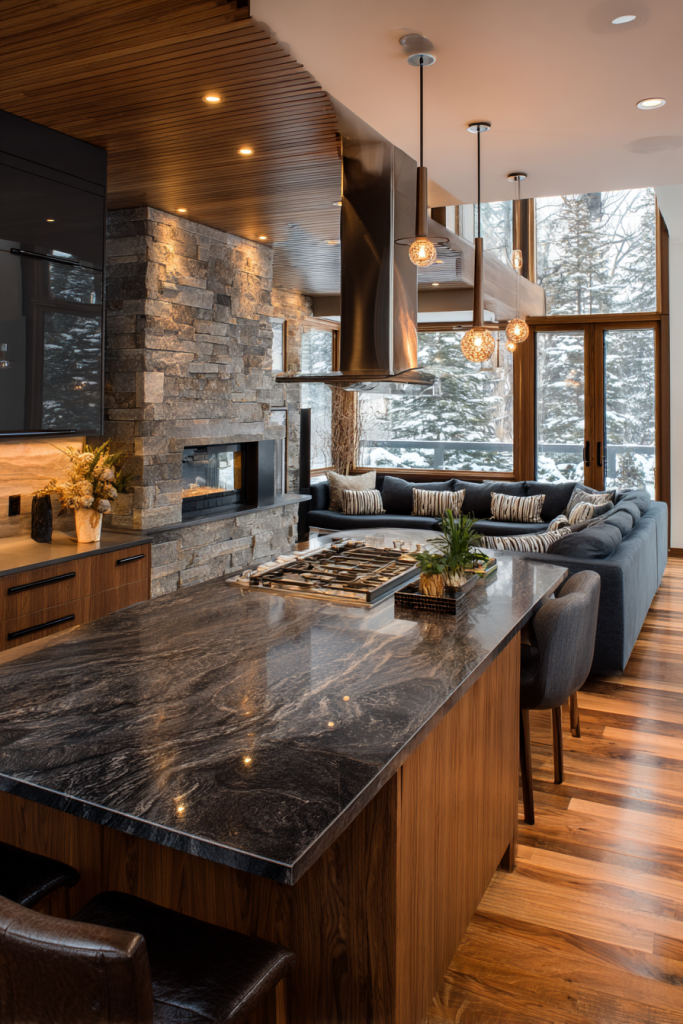
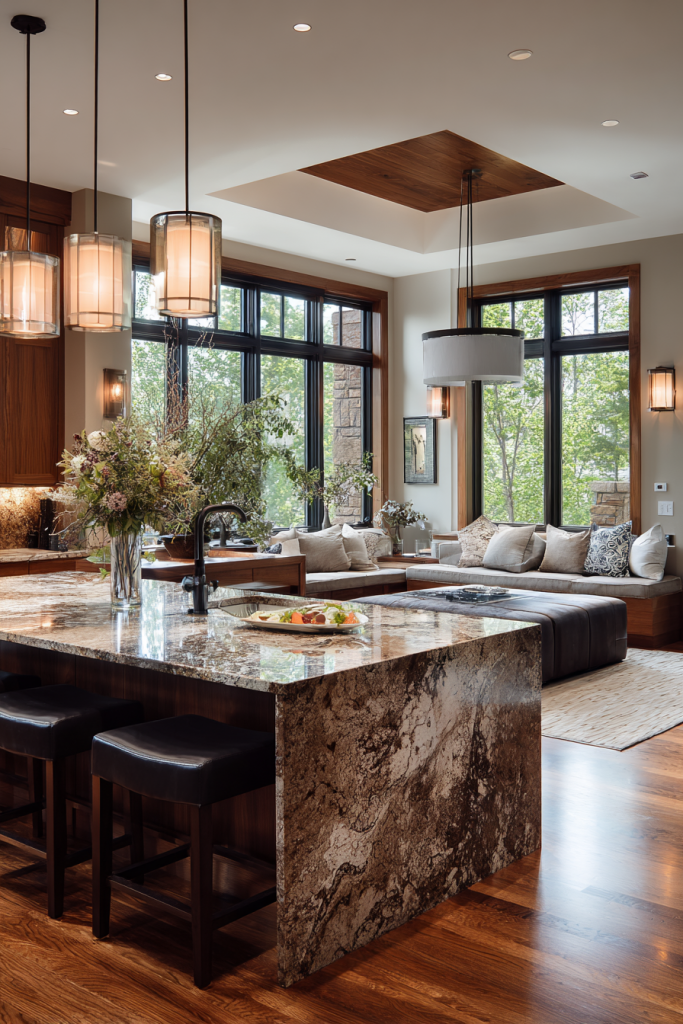
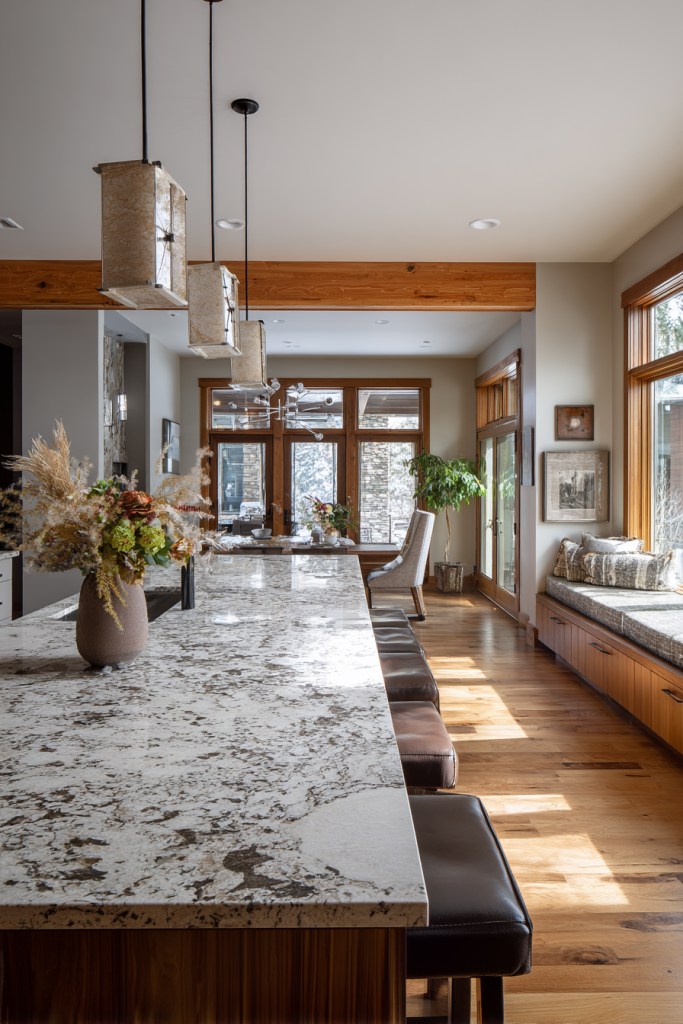
Marble Countertops
Marble exudes timeless elegance with its luminous surface and distinctive veining. Each slab is unique, making it a favorite for statement kitchens and baking enthusiasts.
Pros
- One-of-a-kind aesthetic with varied colors and patterns.
- Naturally cool surface ideal for pastry preparation.
Cons
- Porous and prone to staining, even when sealed.
- Sensitive to acids, leading to etching and dull spots.
- Softer than granite, so it scratches and chips more easily.
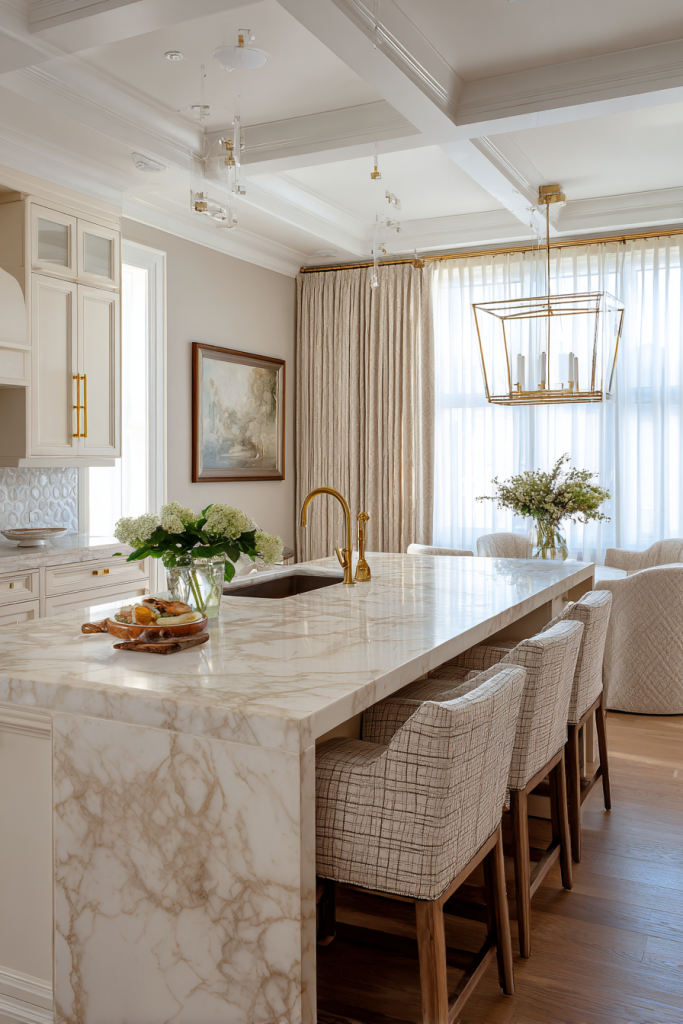
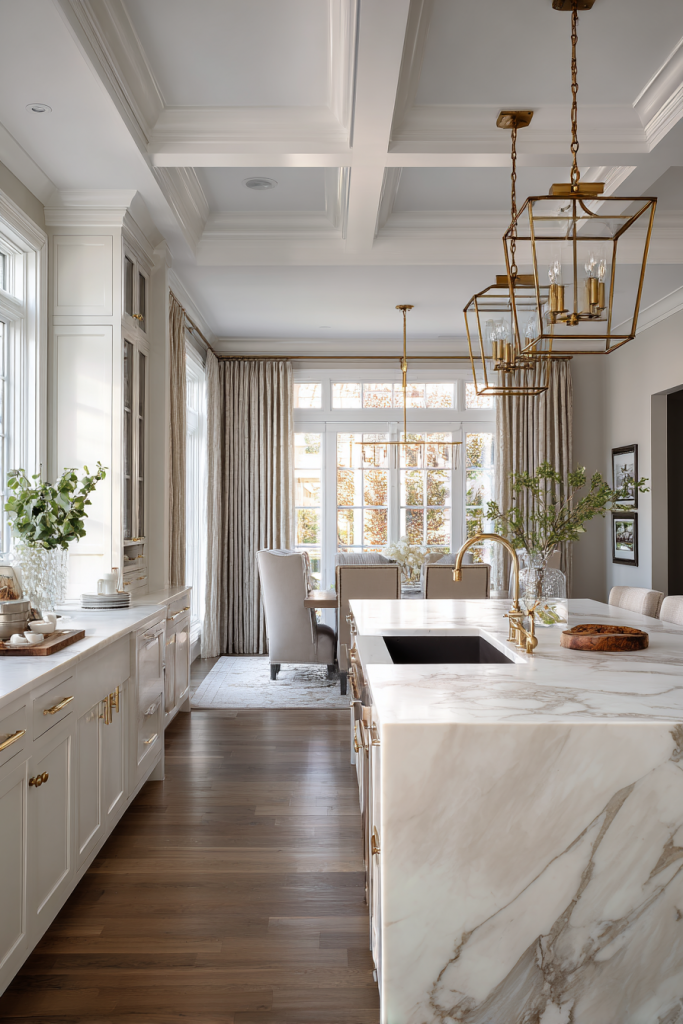
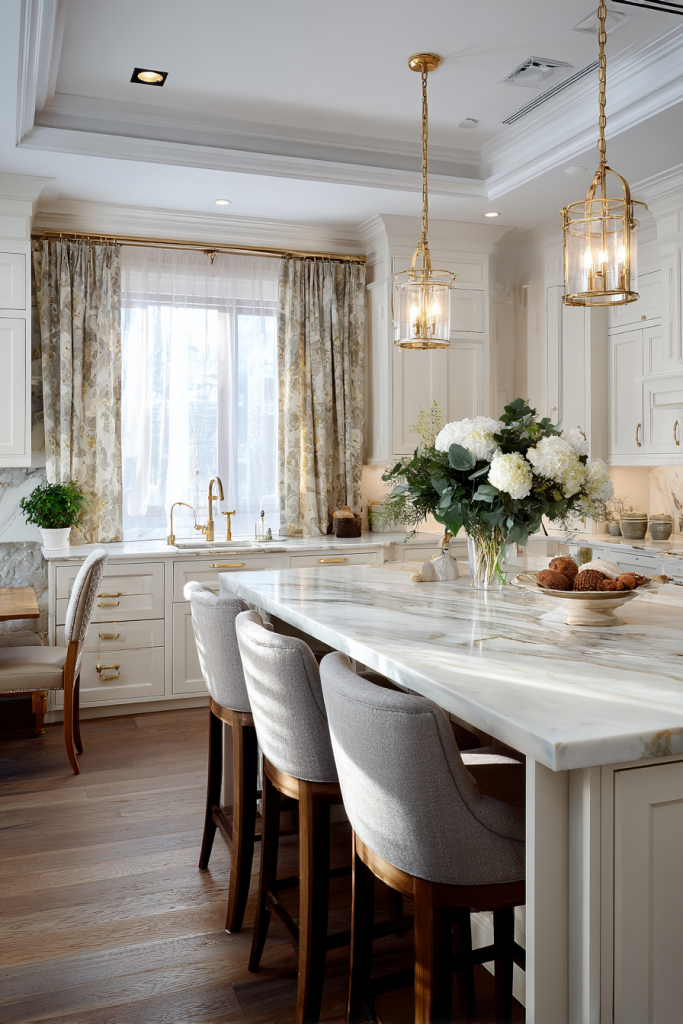
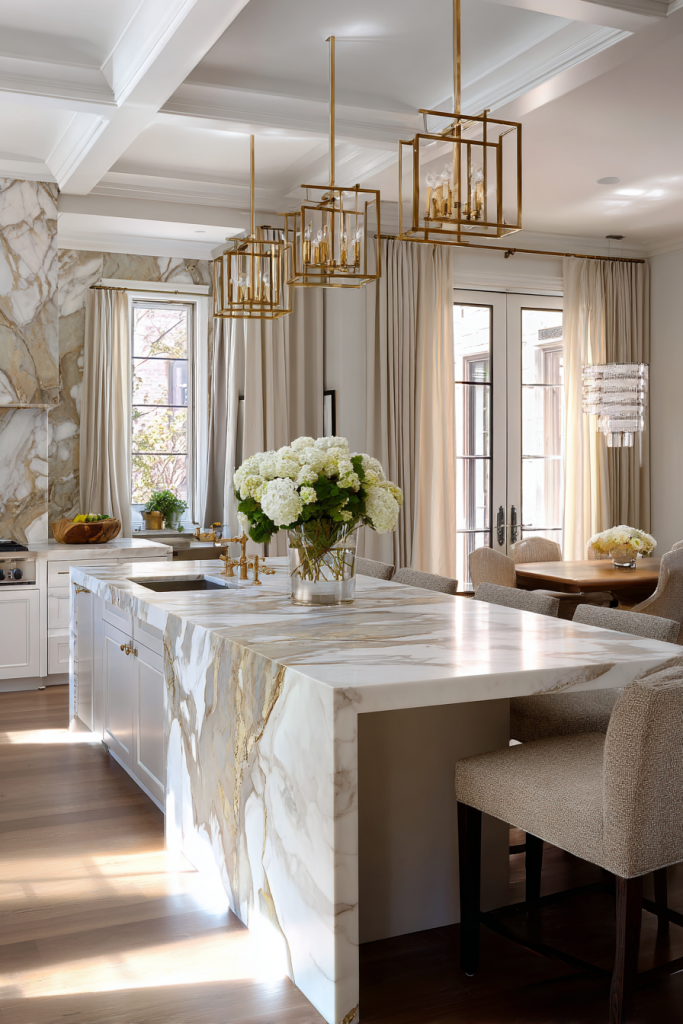
Quartz (Engineered Stone) Countertops
Quartz countertops are engineered from natural quartz crystals mixed with resins. This creates a durable, non-porous surface available in a wide range of colors and patterns.
Pros
- Non-porous and highly stain-resistant, no sealing required.
- Extremely hard and resistant to scratches and chips.
- Available in consistent patterns and customizable colors.
Cons
- Less heat-resistant than natural stones, always use trivets.
- Generally more expensive than other materials.
- Uniform appearance may lack the natural variation of stone.
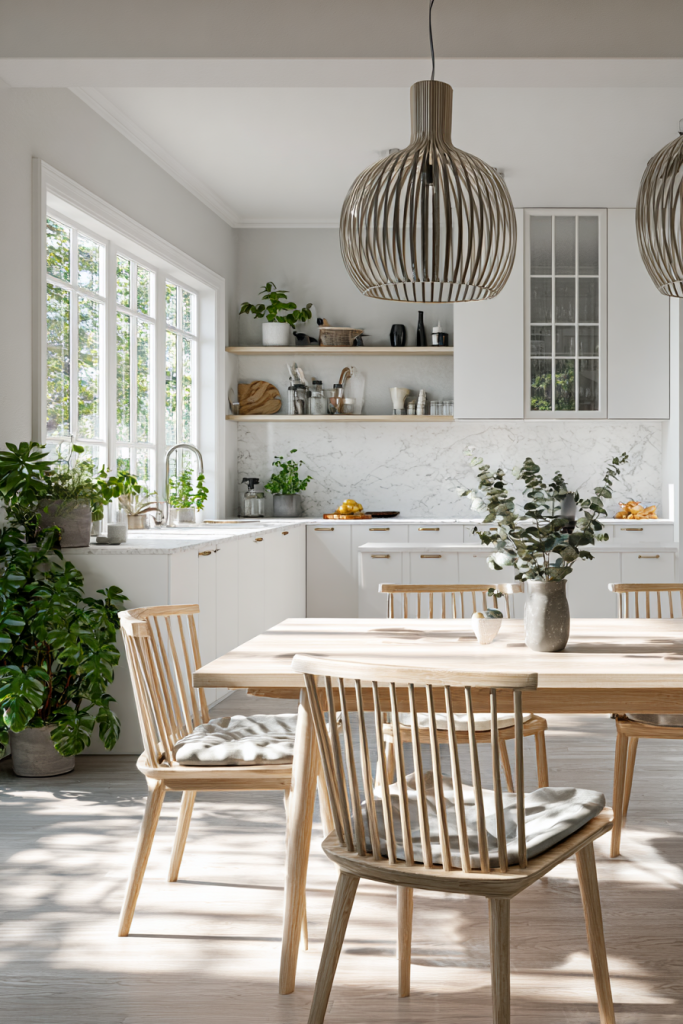
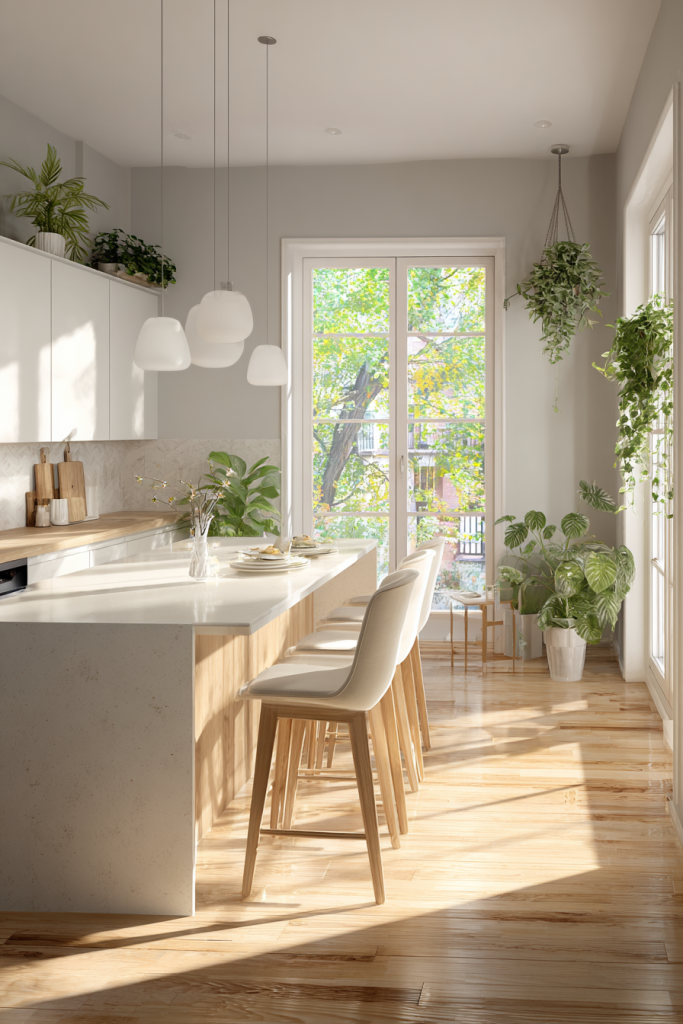
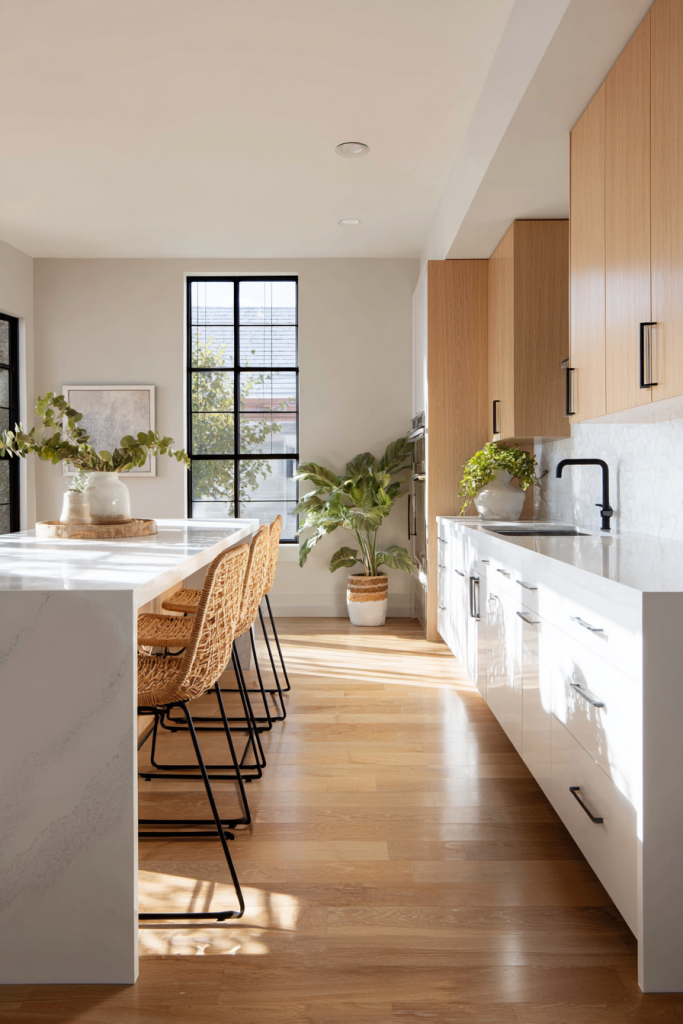
Butcher Block (Wood) Countertops
Butcher block countertops introduce warmth and natural character. Made from strips of wood glued together, they suit rustic, farmhouse, or transitional kitchens.
Pros
- Warm, organic aesthetic that develops a patina over time.
- Relatively affordable and can be sanded and refinished to remove wear.
- Available in many wood species and styles.
Cons
- Requires frequent sealing or oiling to prevent drying and warping.
- Easily scratched or burned; always use cutting boards and hot pads.
- Susceptible to moisture and bacteria if not maintained properly.
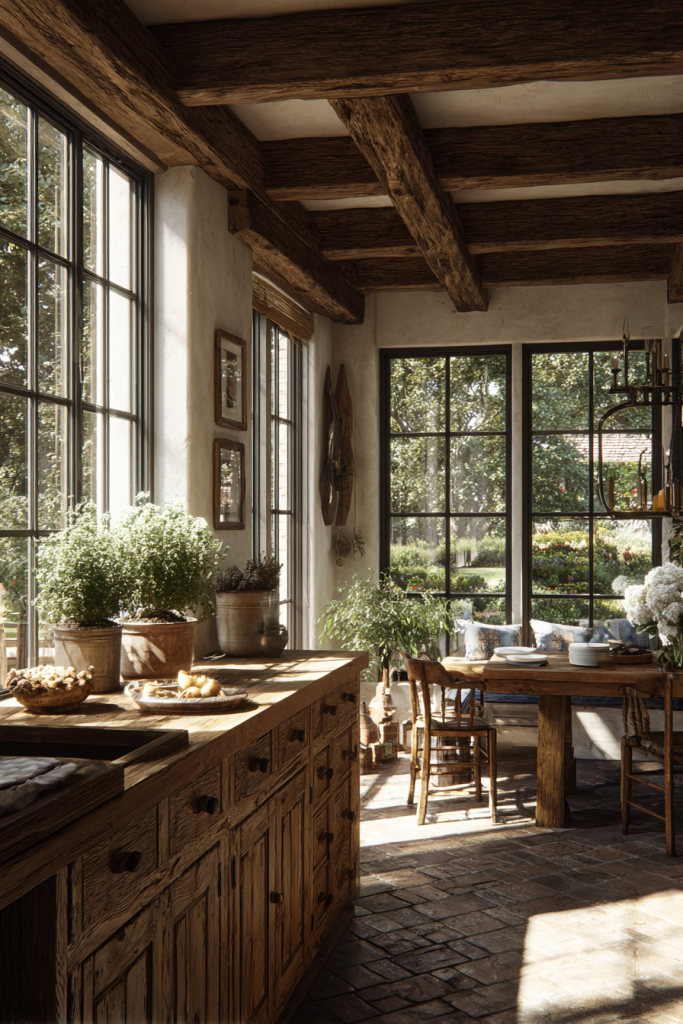
Stainless Steel Countertops
Popular in professional kitchens, stainless steel countertops lend a sleek, industrial look while offering practical benefits.
Pros
- Hygienic and non-porous, resists bacteria and staining.
- Heat-resistant and durable.
- Reflective surface brightens dark spaces.
Cons
- Prone to scratches, dents, and visible fingerprints.
- Industrial aesthetic may not suit all home styles.
- More costly than budget options like laminate.
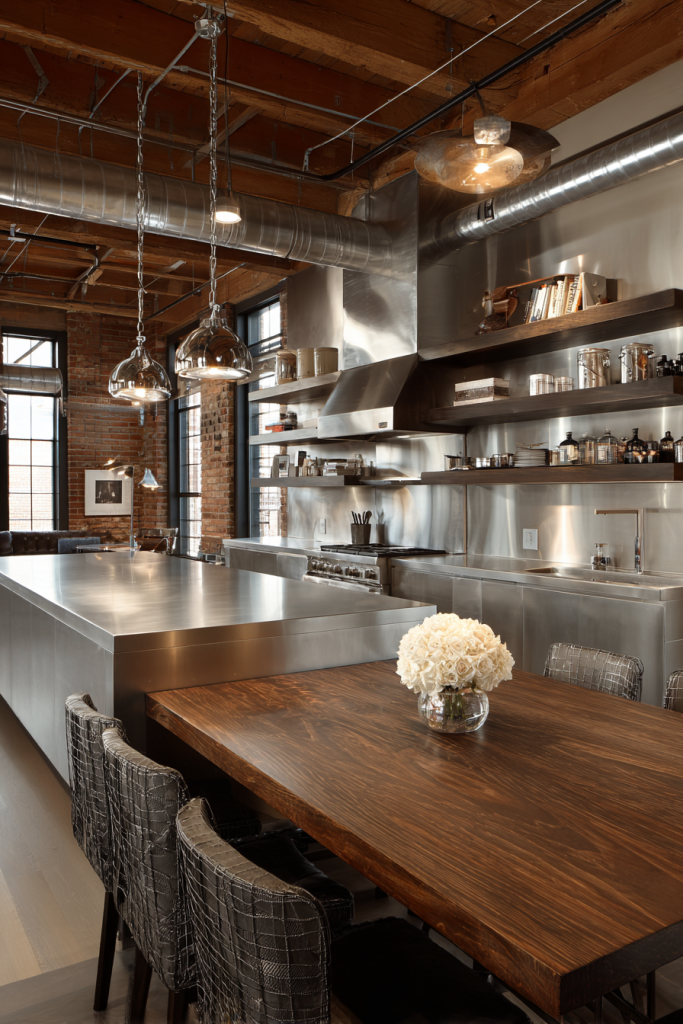
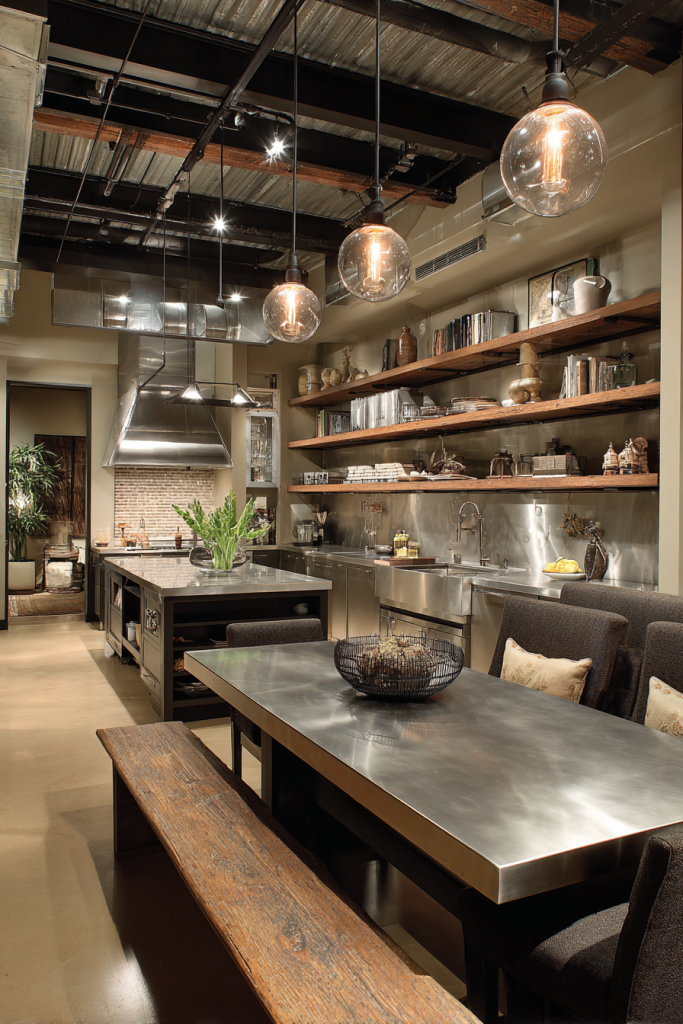
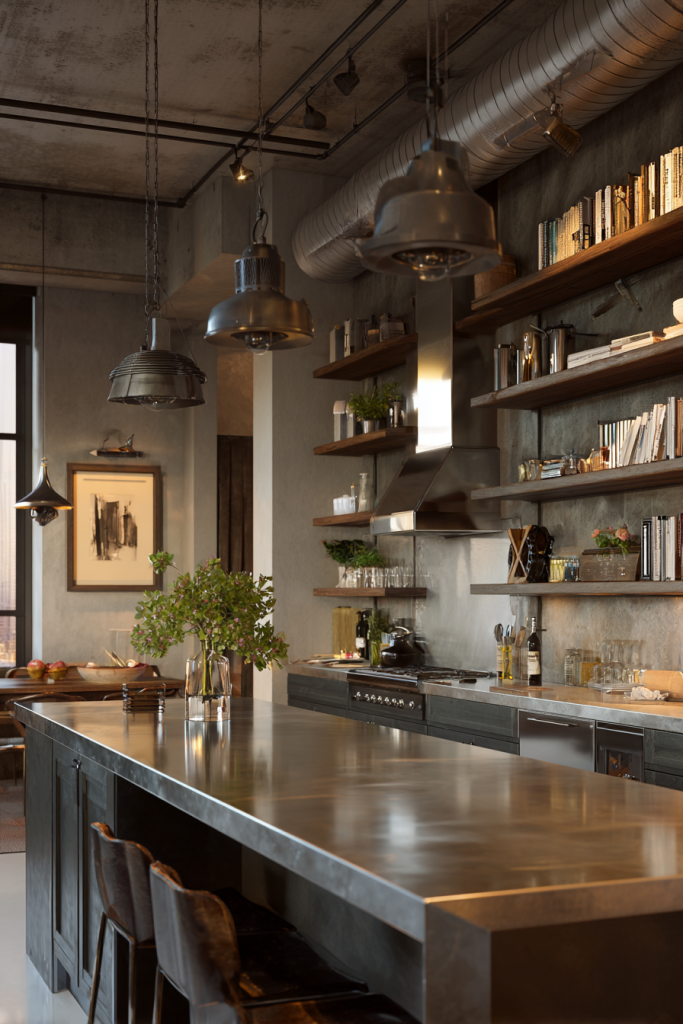
Concrete Countertops
Concrete countertops offer a custom, modern look. They can be poured into any shape and tinted or textured for a unique finish.
Pros
- Highly durable and scratch-resistant.
- Heat-resistant, hot pans can be set directly on the surface.
- Endless customization in color, shape, and inlays.
Cons
- Requires professional installation and structural support.
- Must be sealed at installation and resealed annually to prevent stains and cracks.
- May develop hairline cracks over time; heavy weight can tax cabinets.
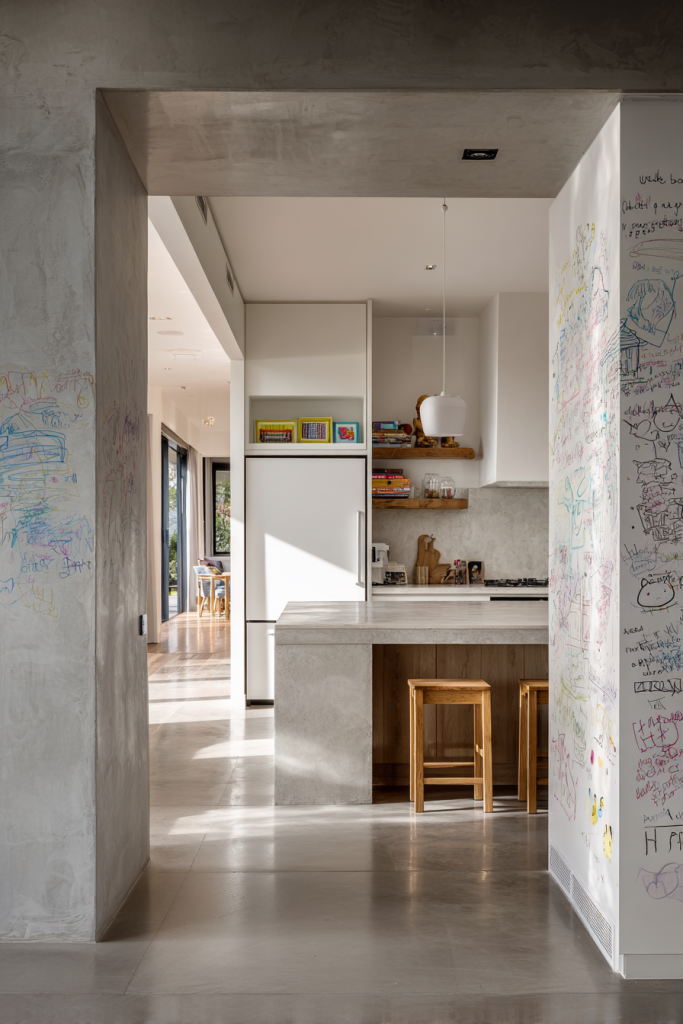
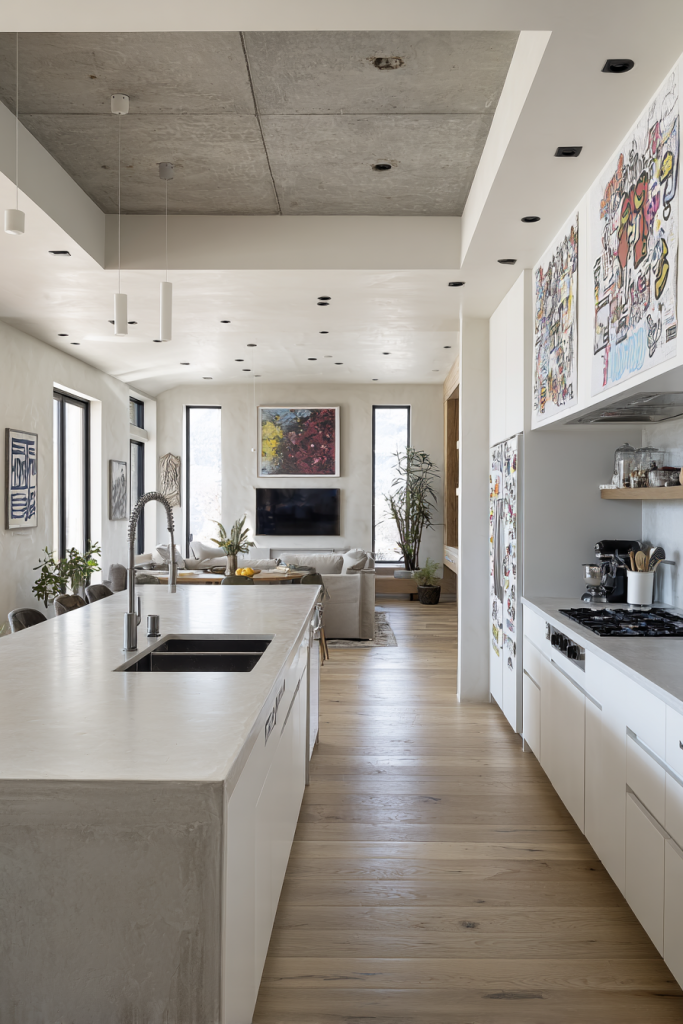
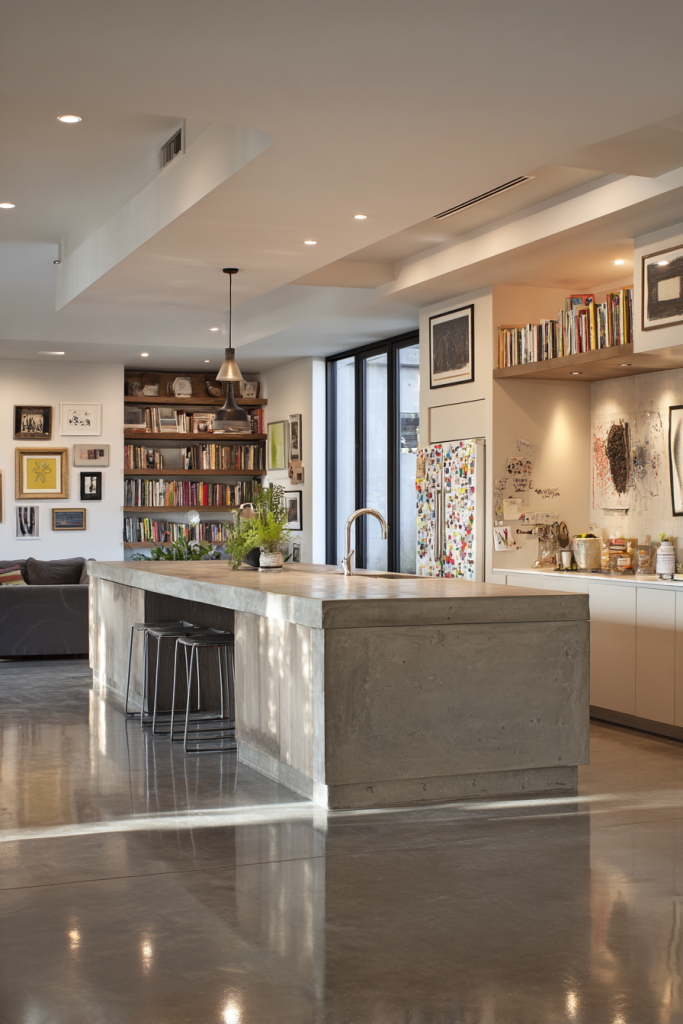
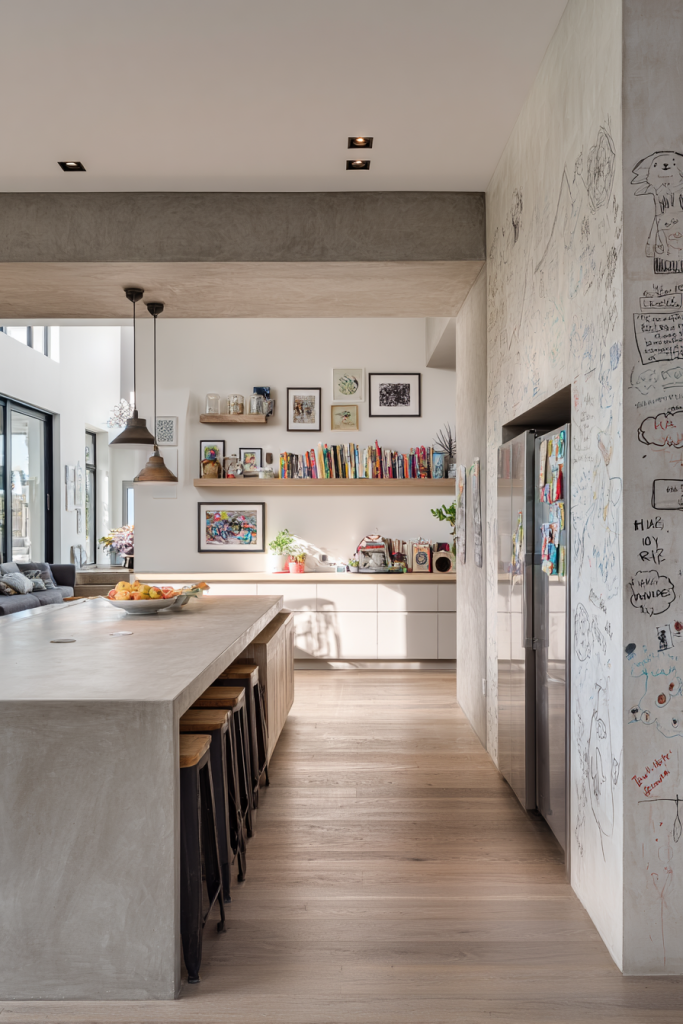
Laminate Countertops
Laminate countertops are made from layers of paper and resin bonded to particleboard. They have improved significantly in appearance and durability and remain one of the most budget-friendly options.
Pros
- Very affordable and lightweight.
- No sealing required; easy to clean.
- Available in a wide array of colors and patterns.
Cons
- Easily damaged by heat; use trivets to protect the surface.
- Prone to scratches and chips; difficult to repair.
- Seams will be visible between sections.
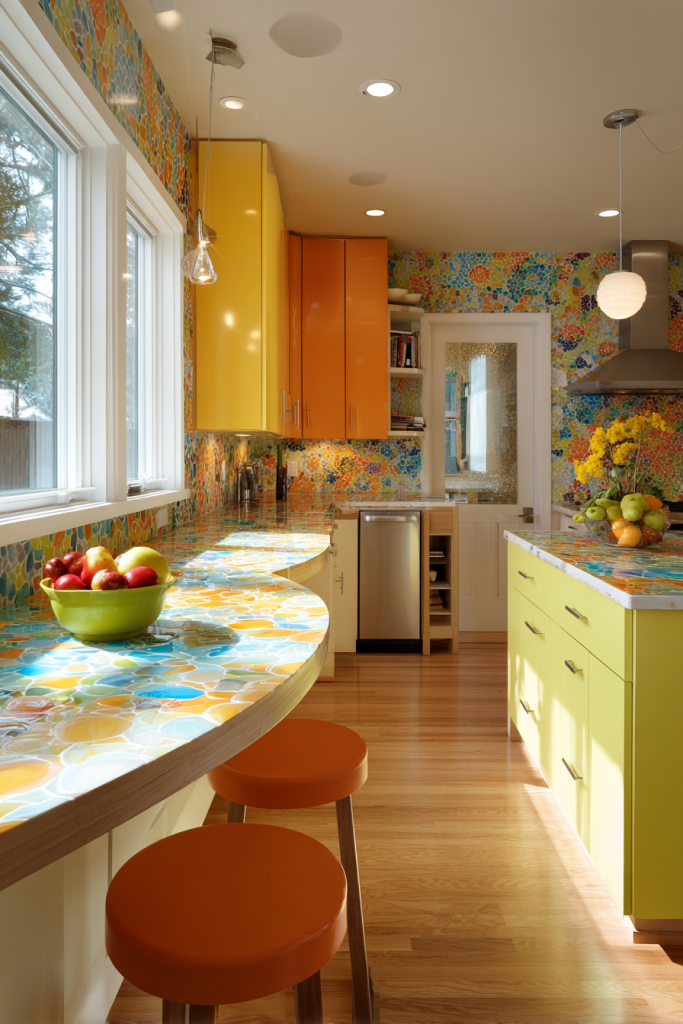
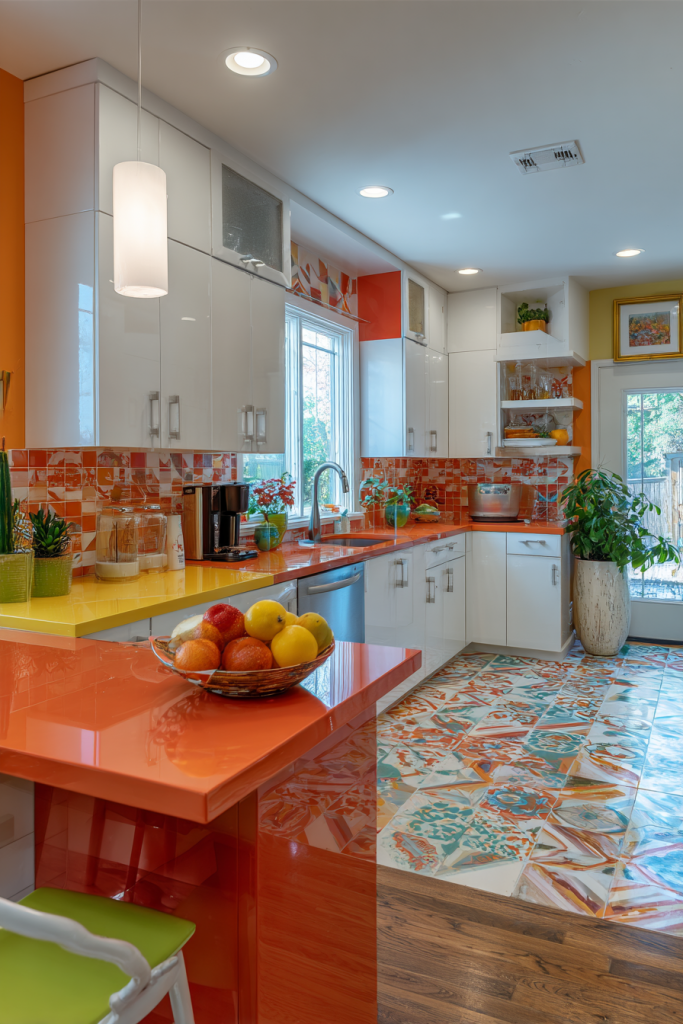
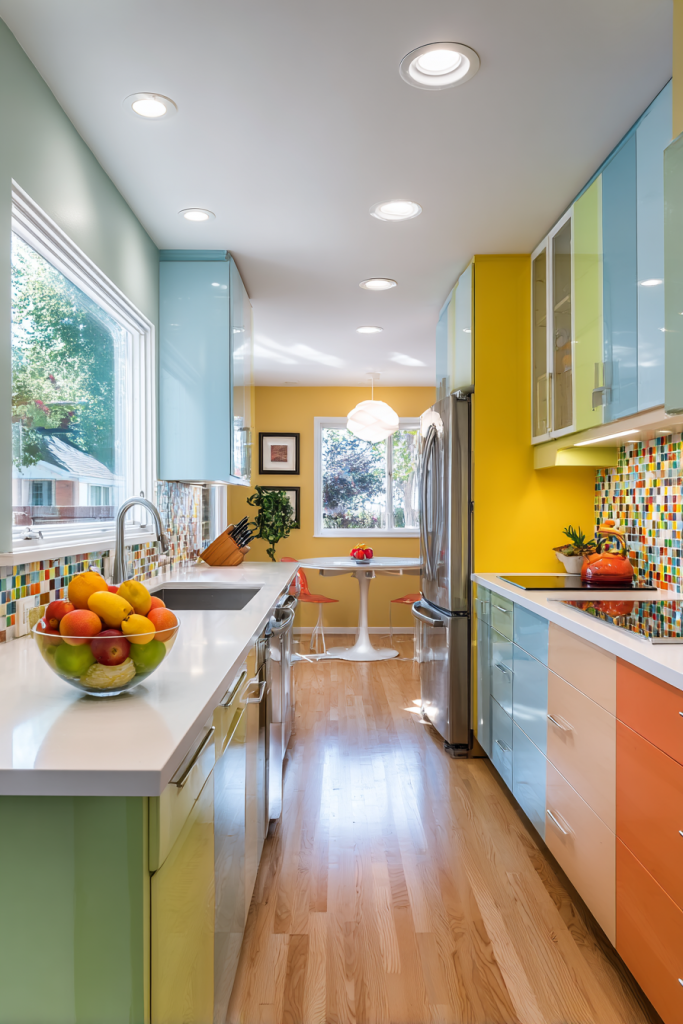
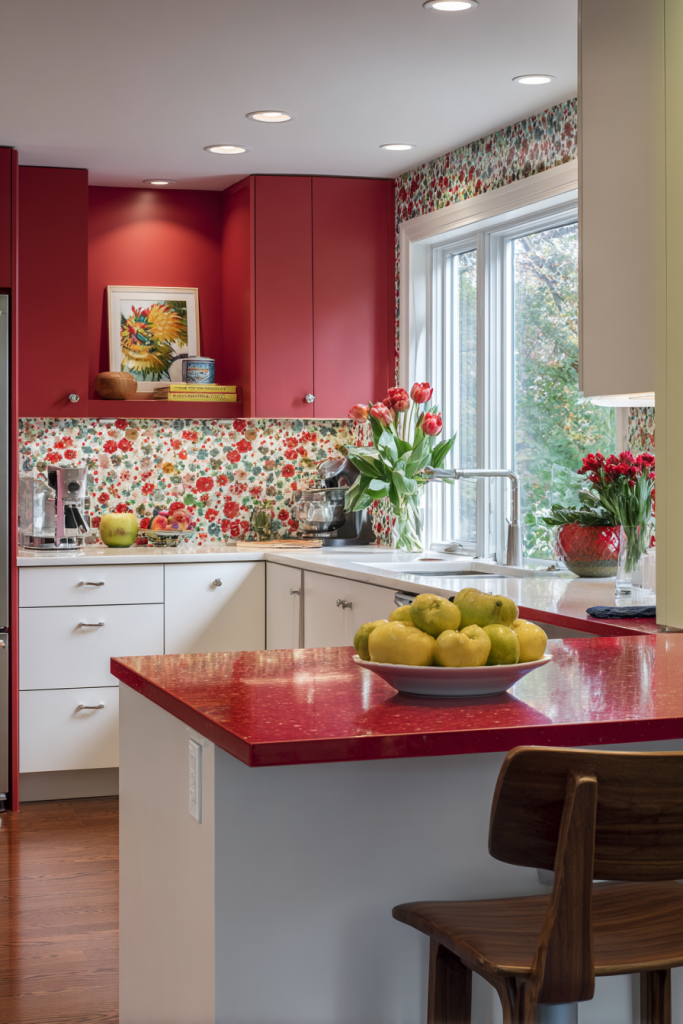
Solid Surface (e.g., Corian) Countertops
Solid surface countertops, such as Corian, are made from acrylic and mineral compounds. They mimic the look of stone but are seamless and easy to maintain.
Pros
- Nearly non-porous, resists stains and bacteria.
- Homogeneous material allows scratches to be buffed out easily.
- Seamless appearance and smooth feel.
- More affordable than luxury stones.
Cons
Soft surface scratches relatively easily; always use cutting boards.
Sensitive to high heat and can warp or discolor; use trivets for hot pots.
DIY installation can be challenging for novices. be challenging for novices.
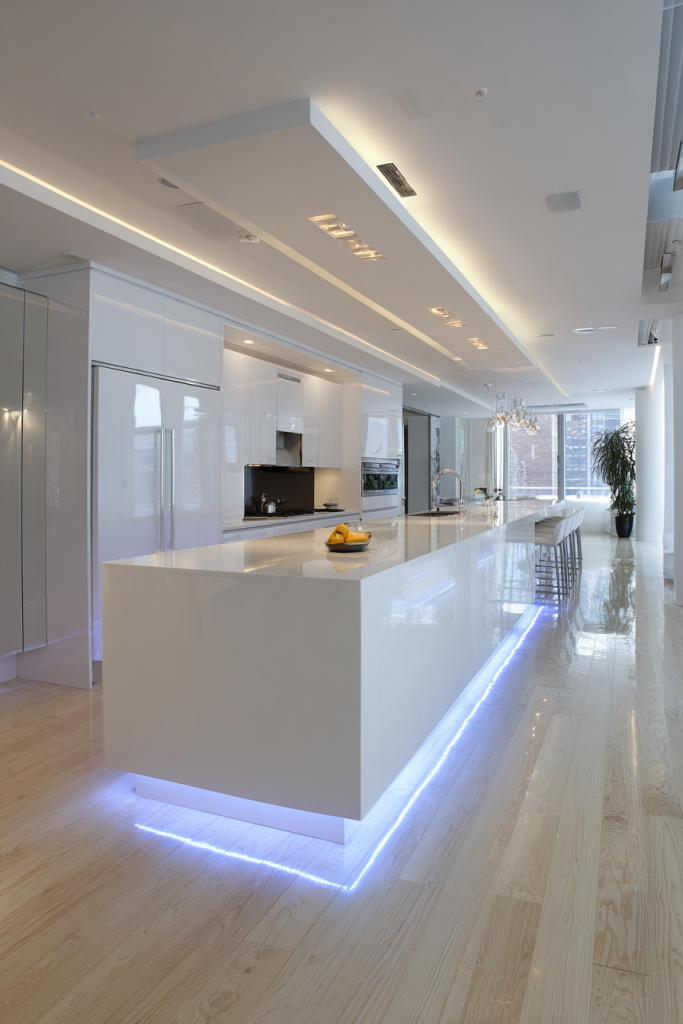
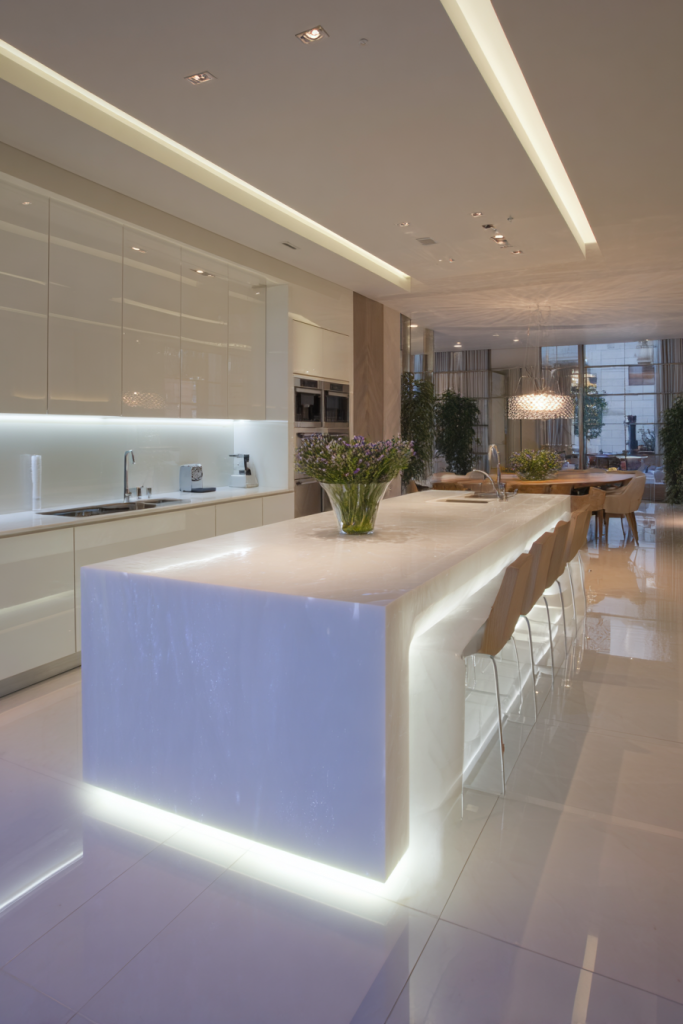
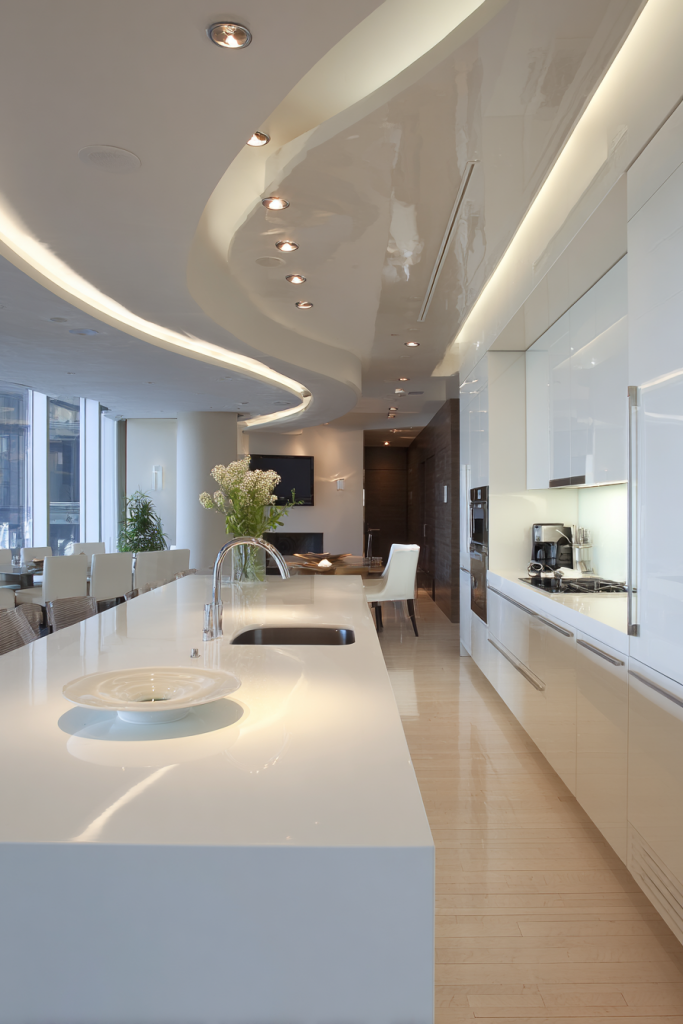
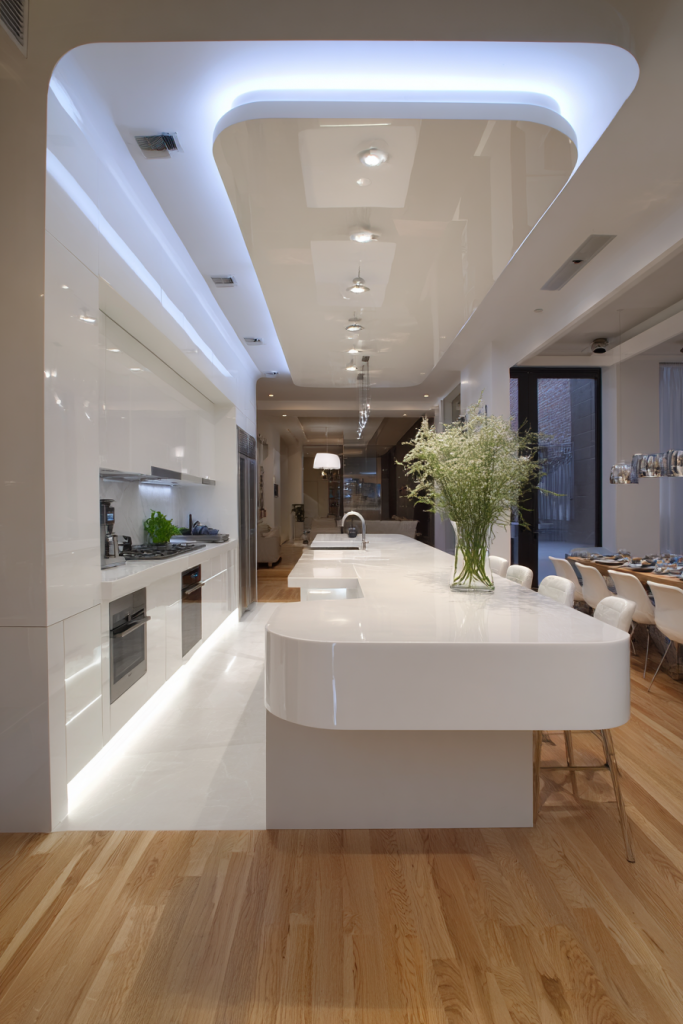
Conclusion
Choosing the right countertop material involves balancing aesthetics, functionality, and budget. Granite and marble deliver natural beauty and prestige, but require regular maintenance. Quartz and engineered stone offer a low-maintenance, durable alternative with a wide range of colors and consistent patterns. Butcher block brings warmth and can be resurfaced, yet needs frequent sealing. Stainless steel and concrete provide industrial appeal and heat resistance, though they show wear and require professional installation. Laminate remains the most economical choice, while solid surface countertops strike a balance between cost and performance with seamless looks and easy repairs. Assess how you cook, clean, and live in your kitchen to find the perfect match.
Save these kitchen countertop ideas on Pinterest
